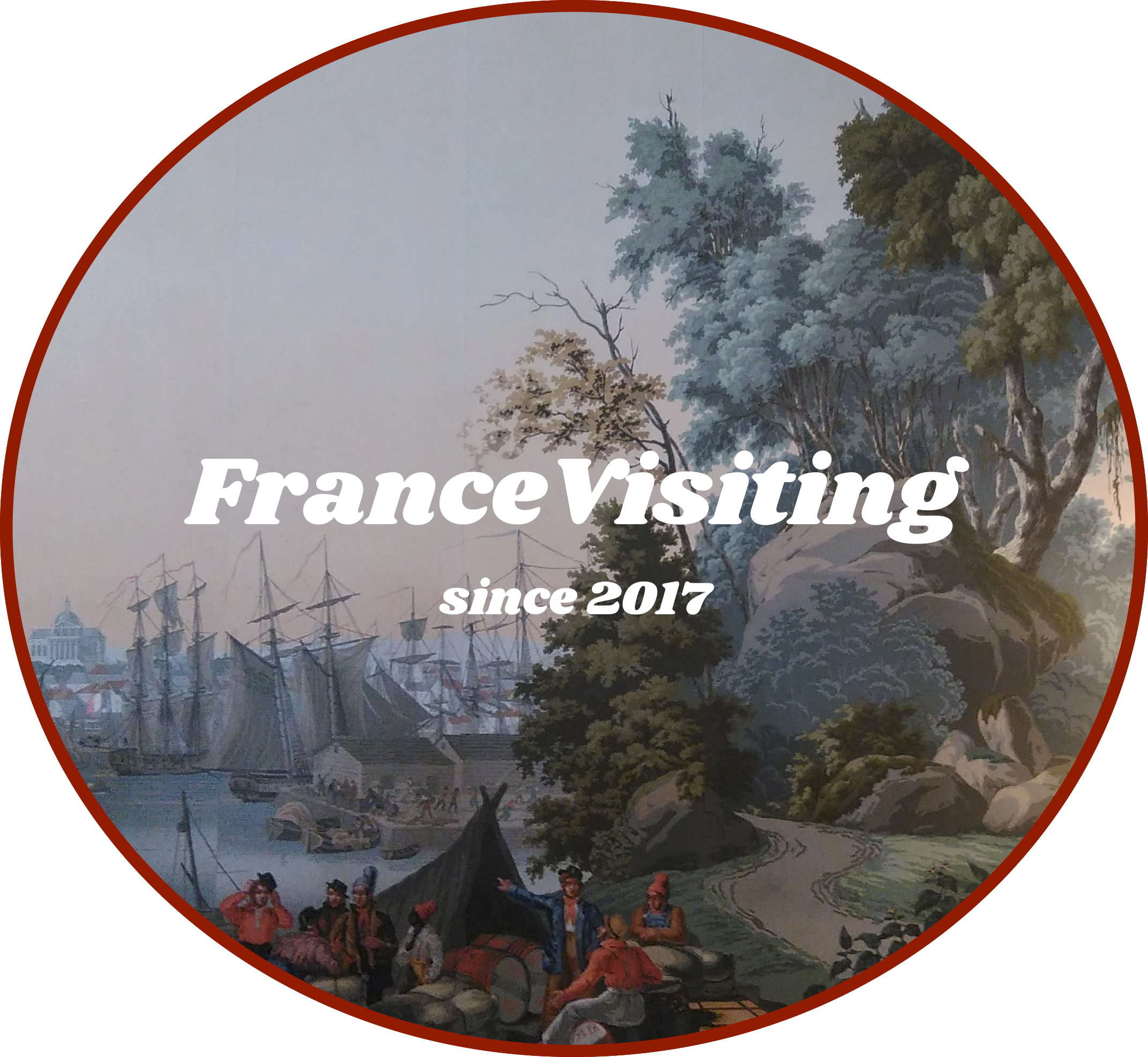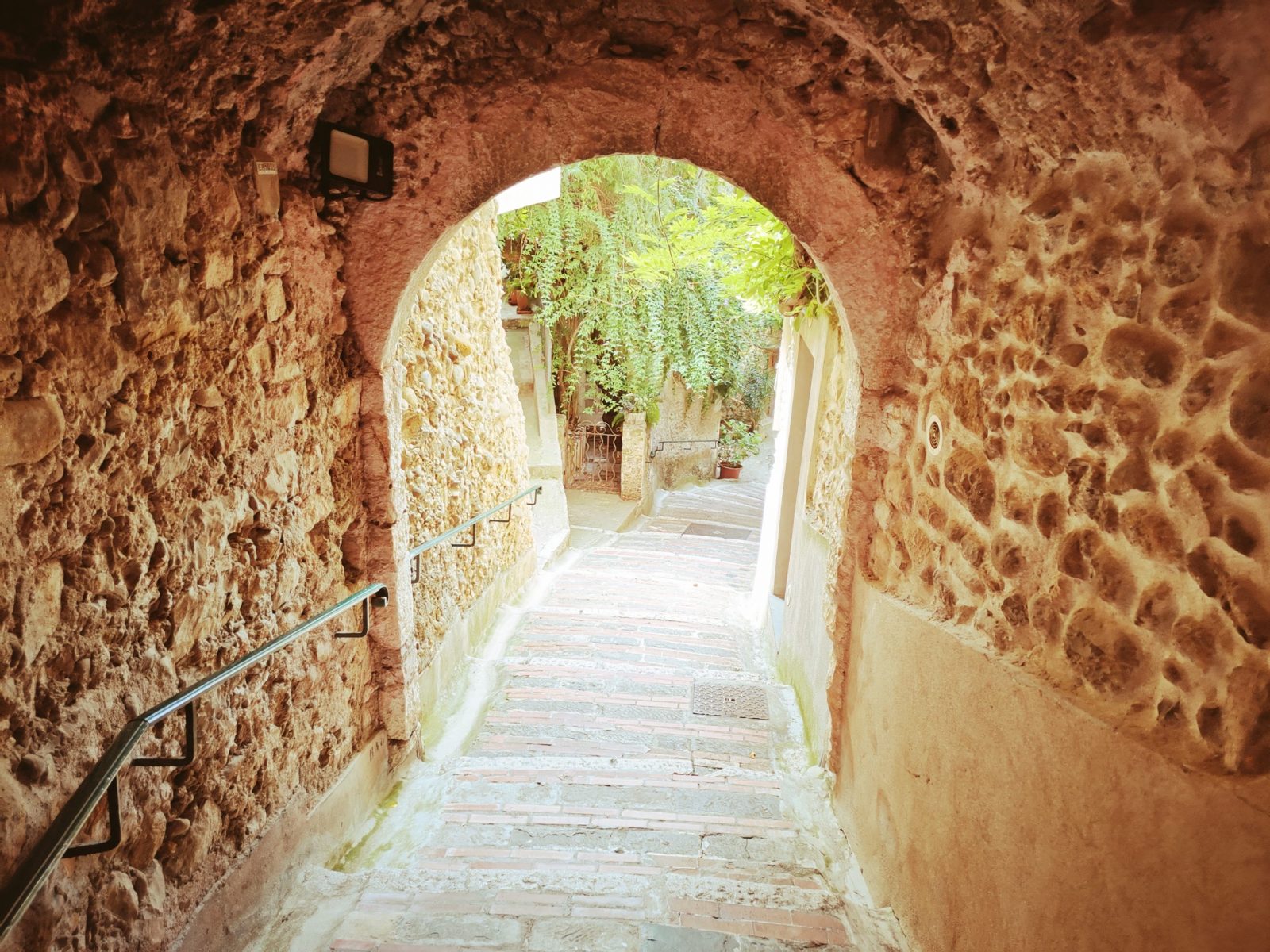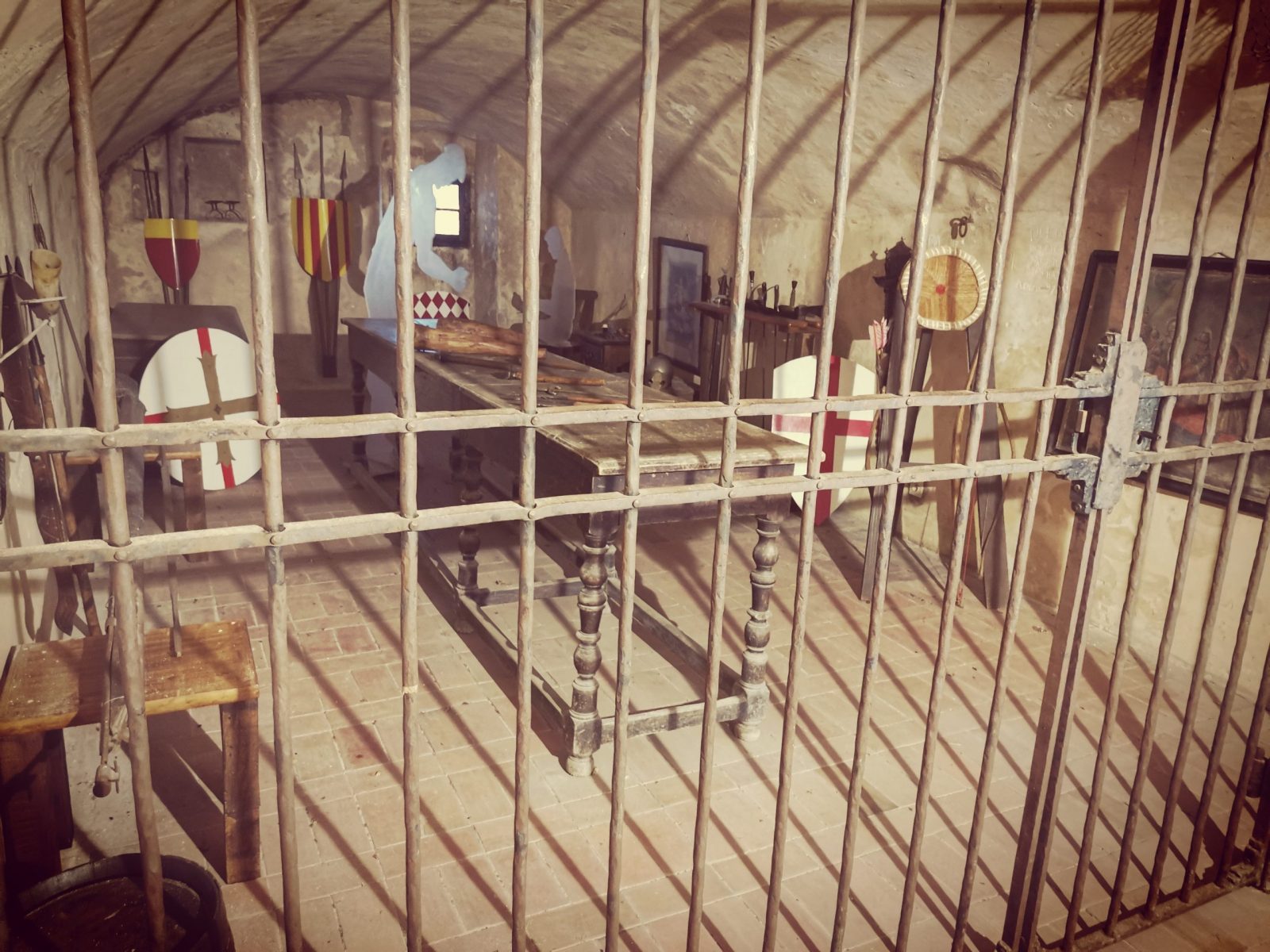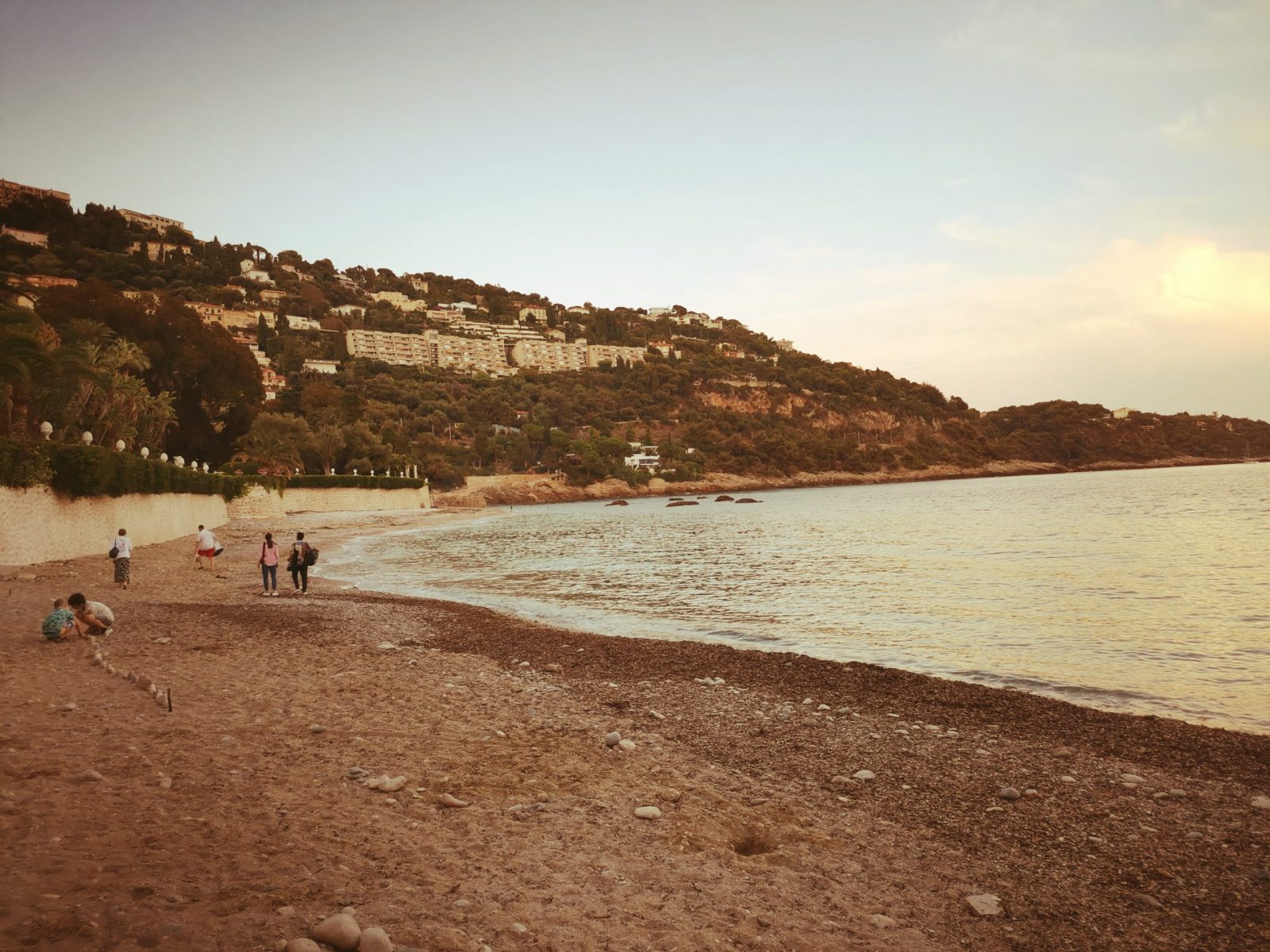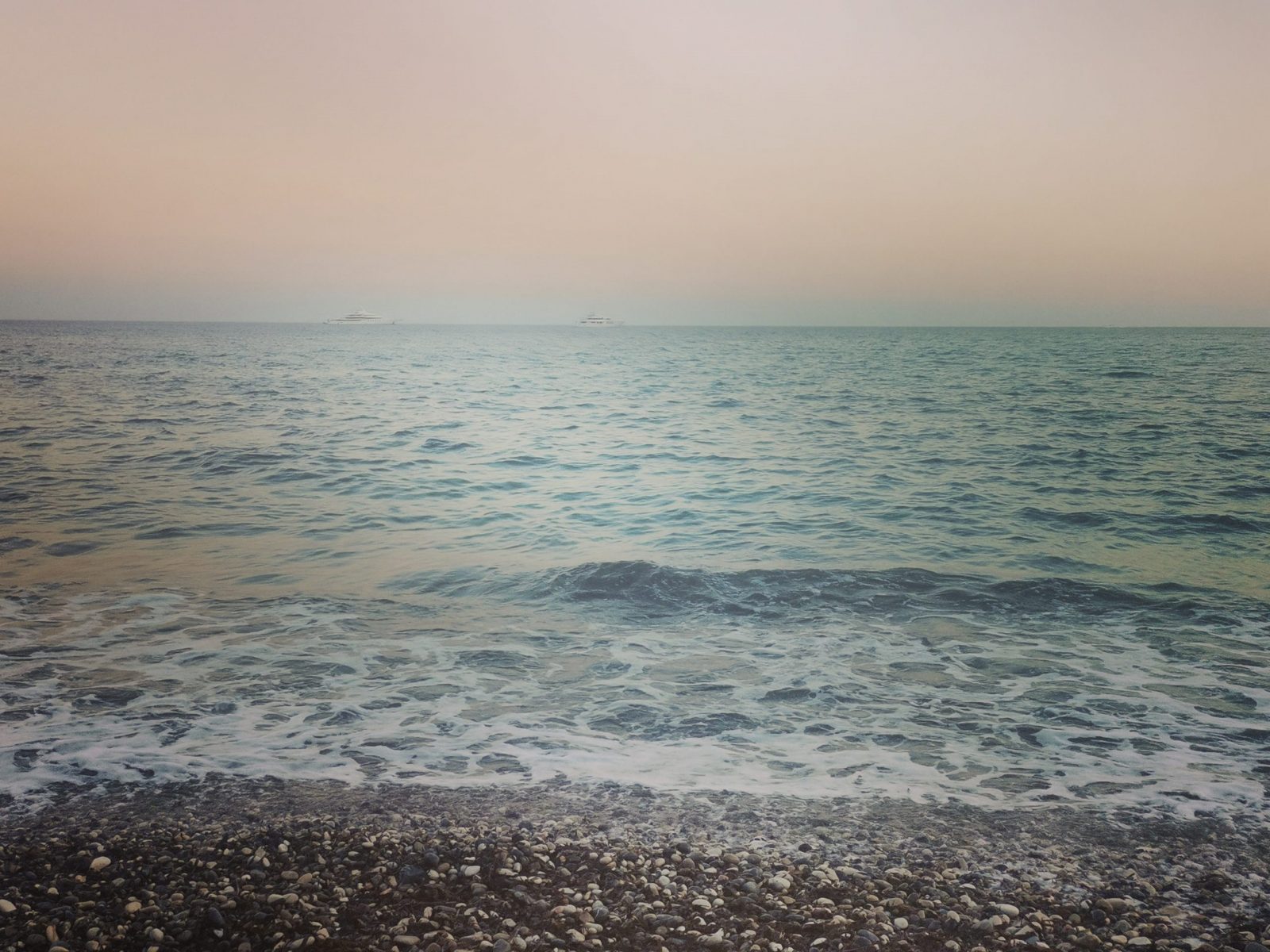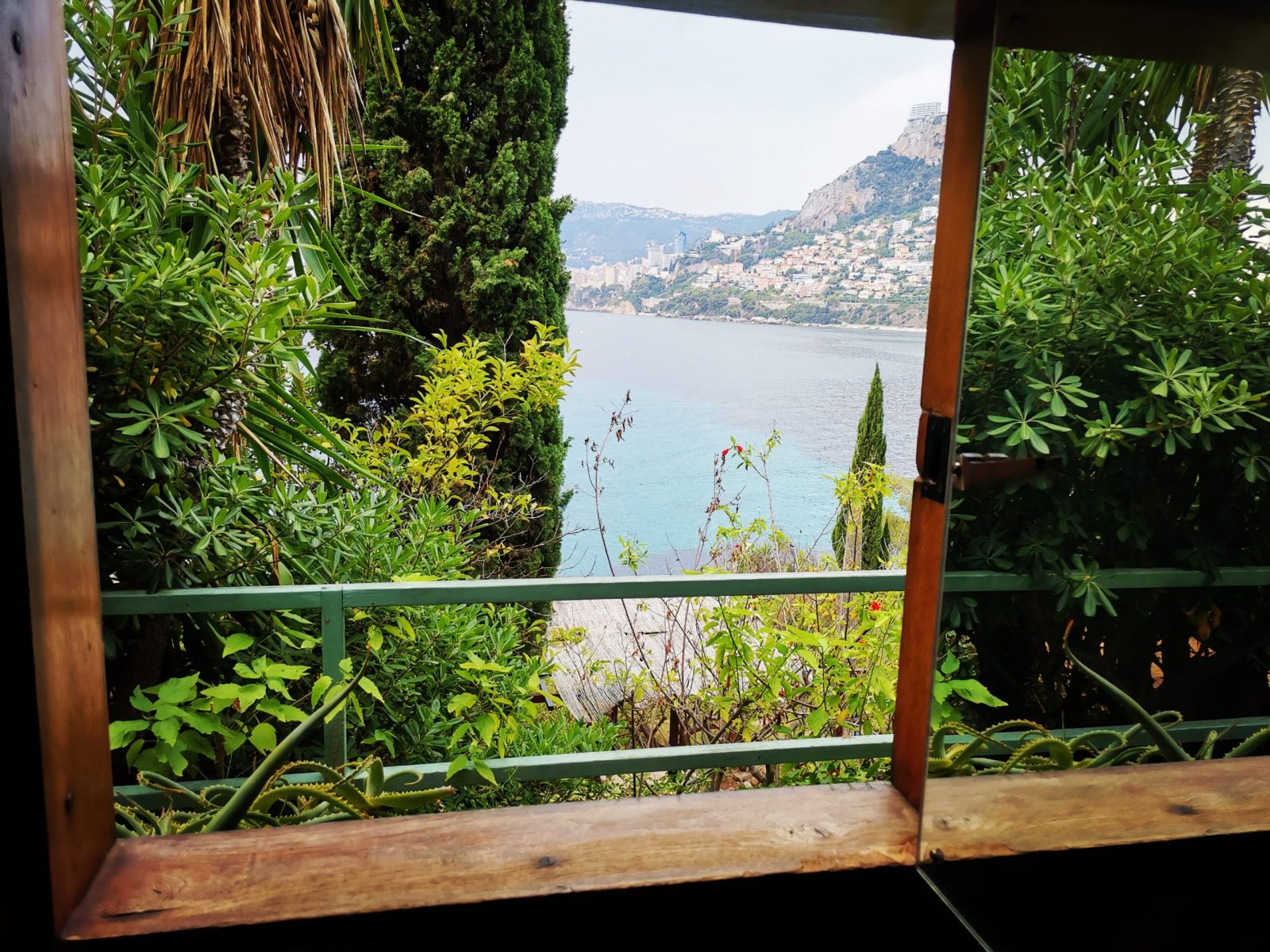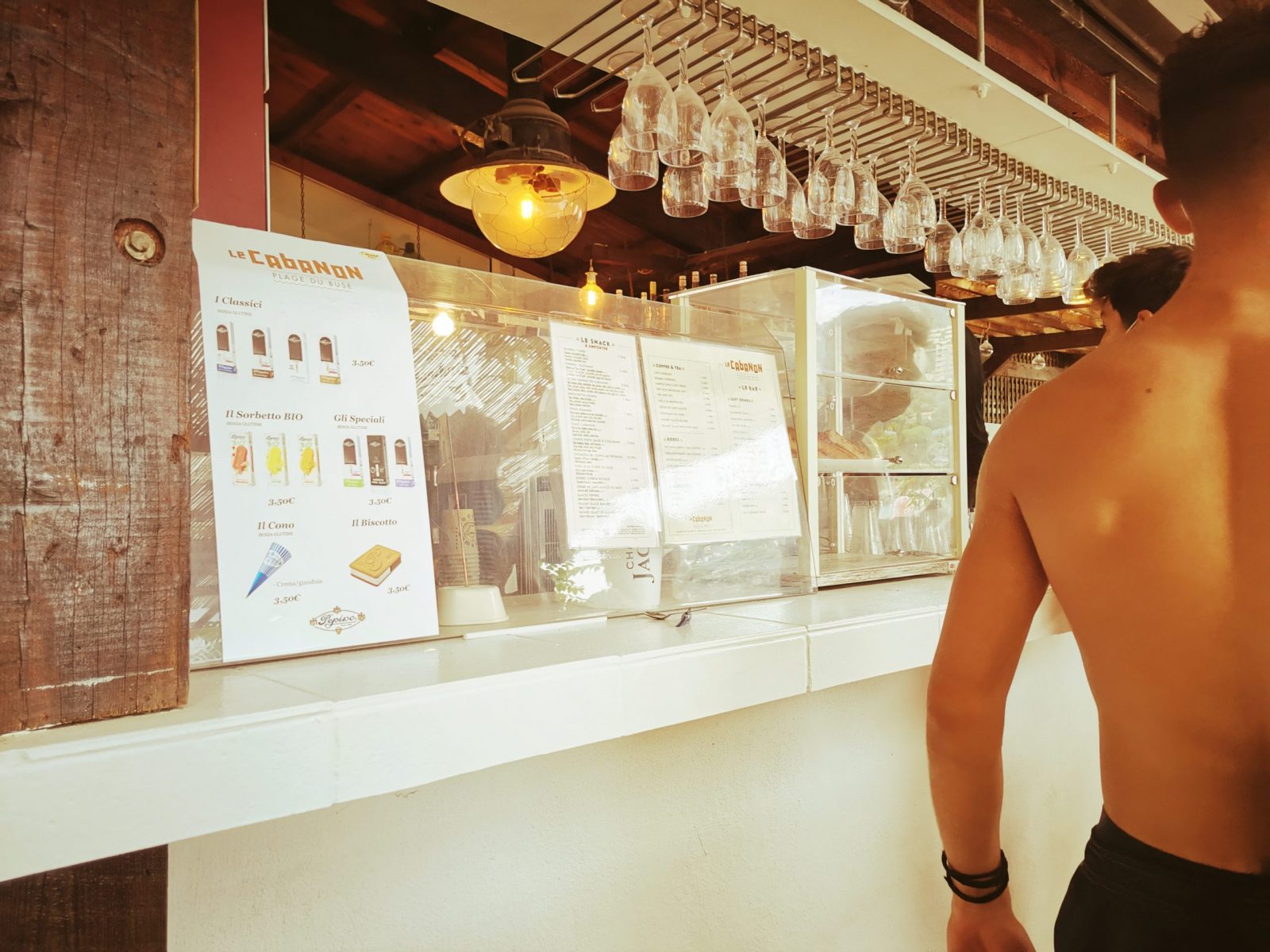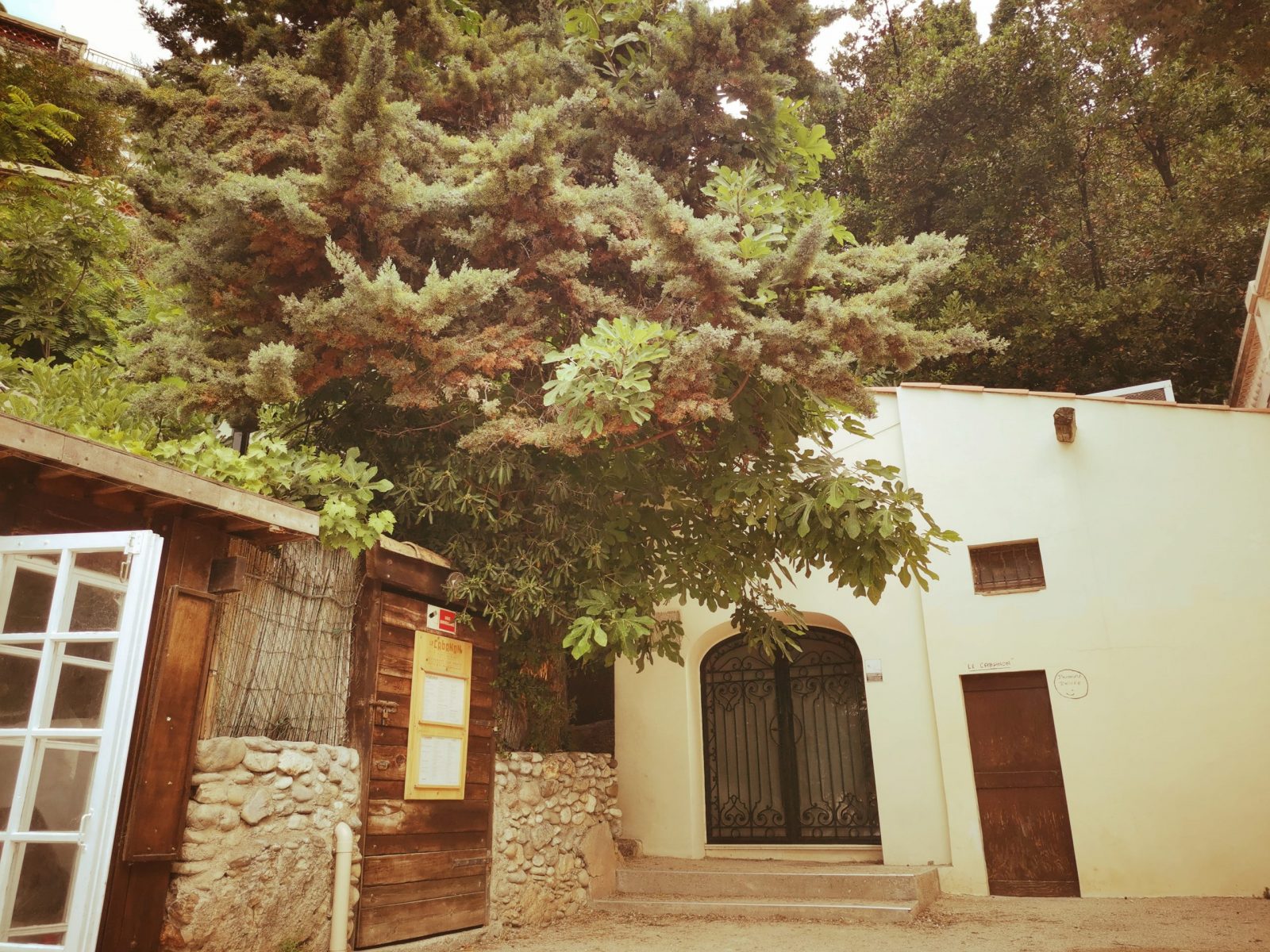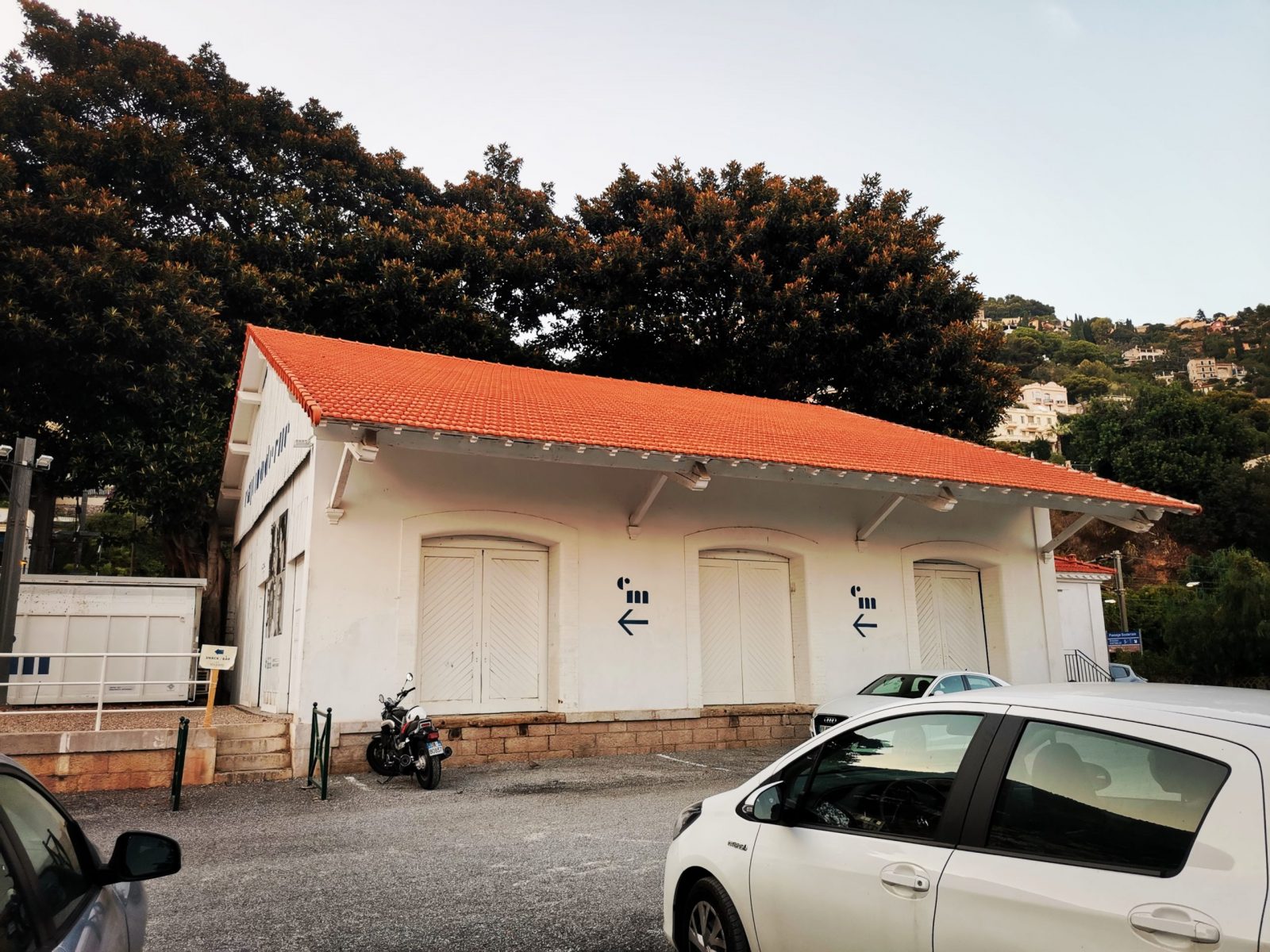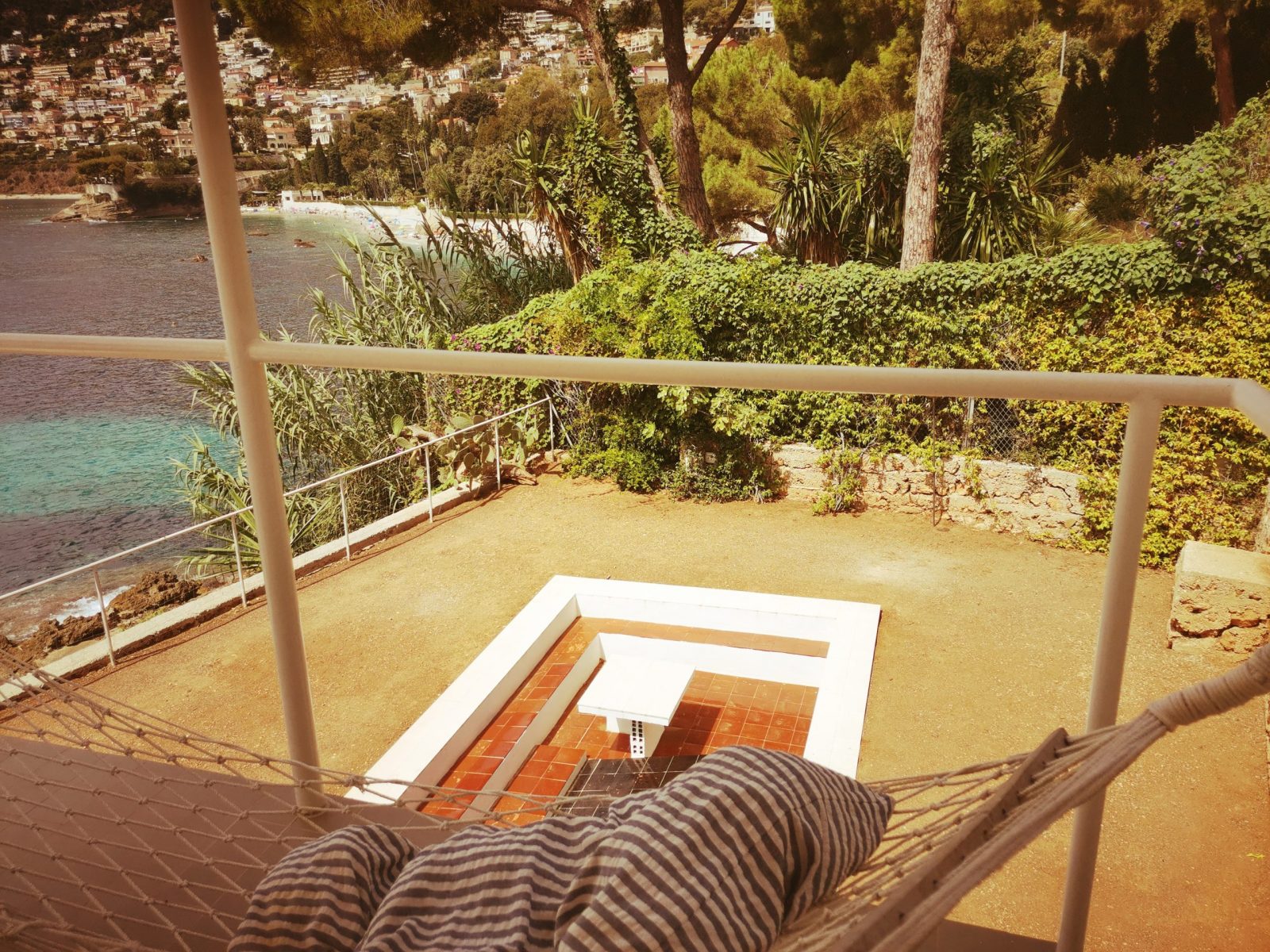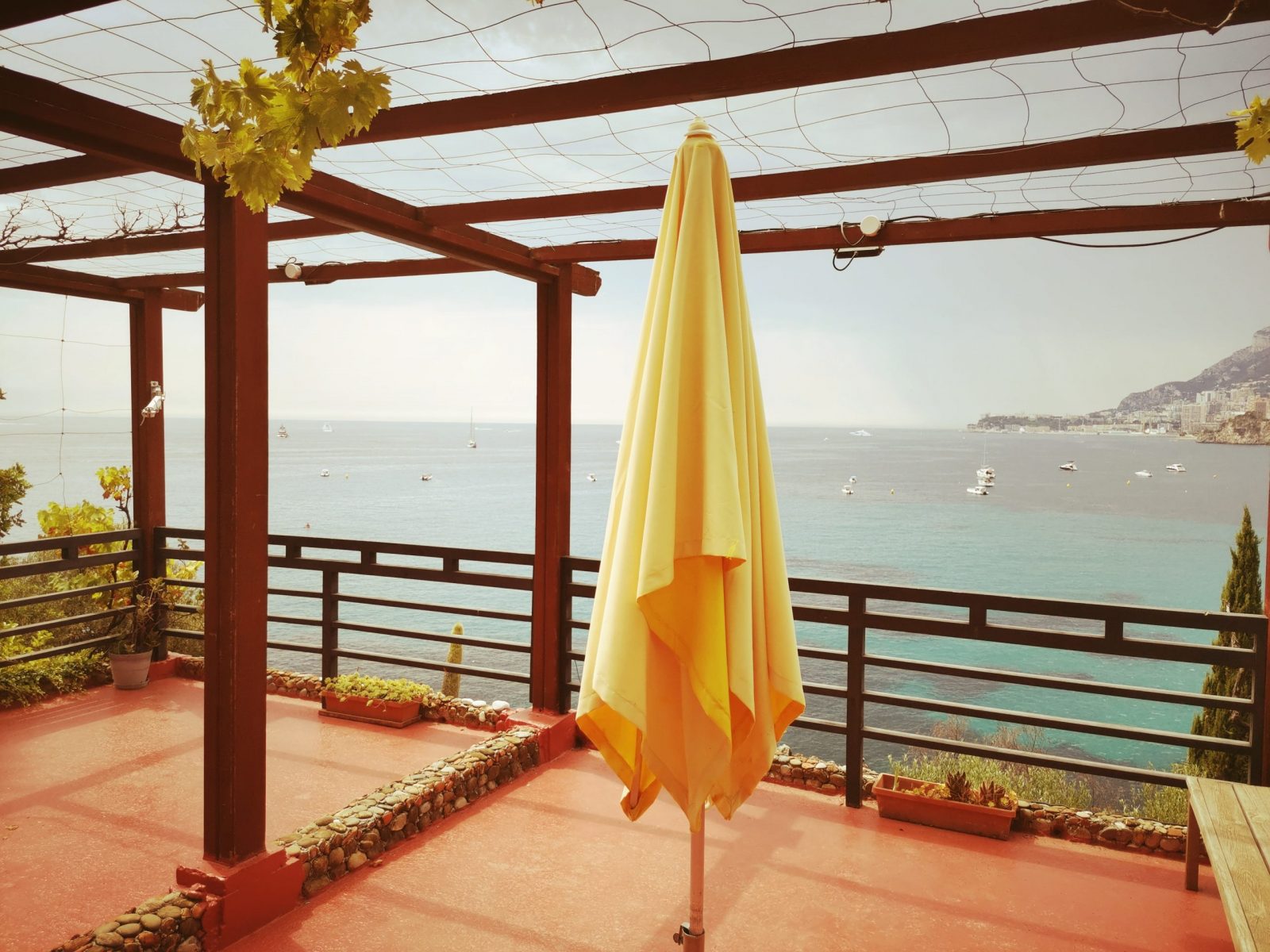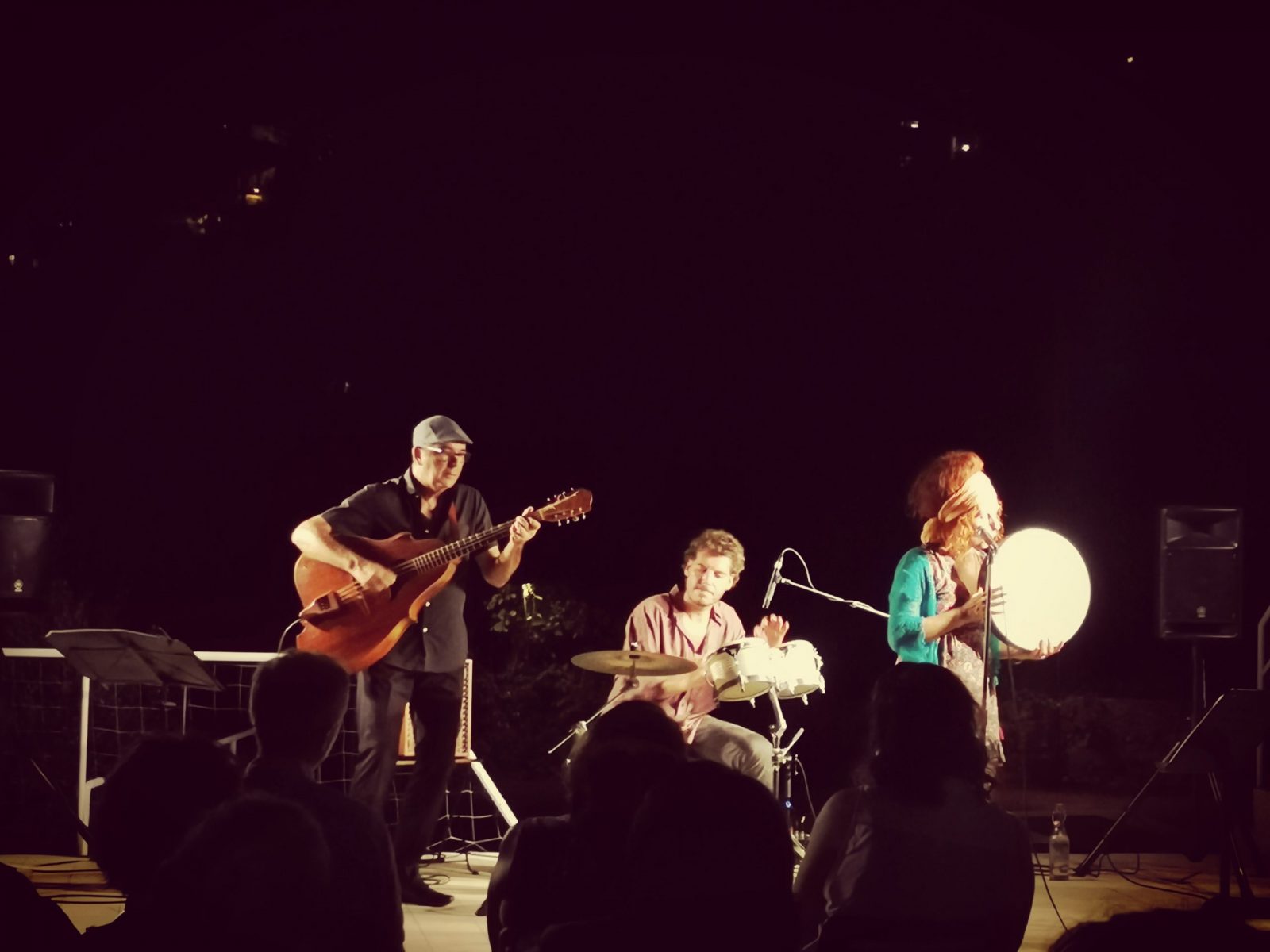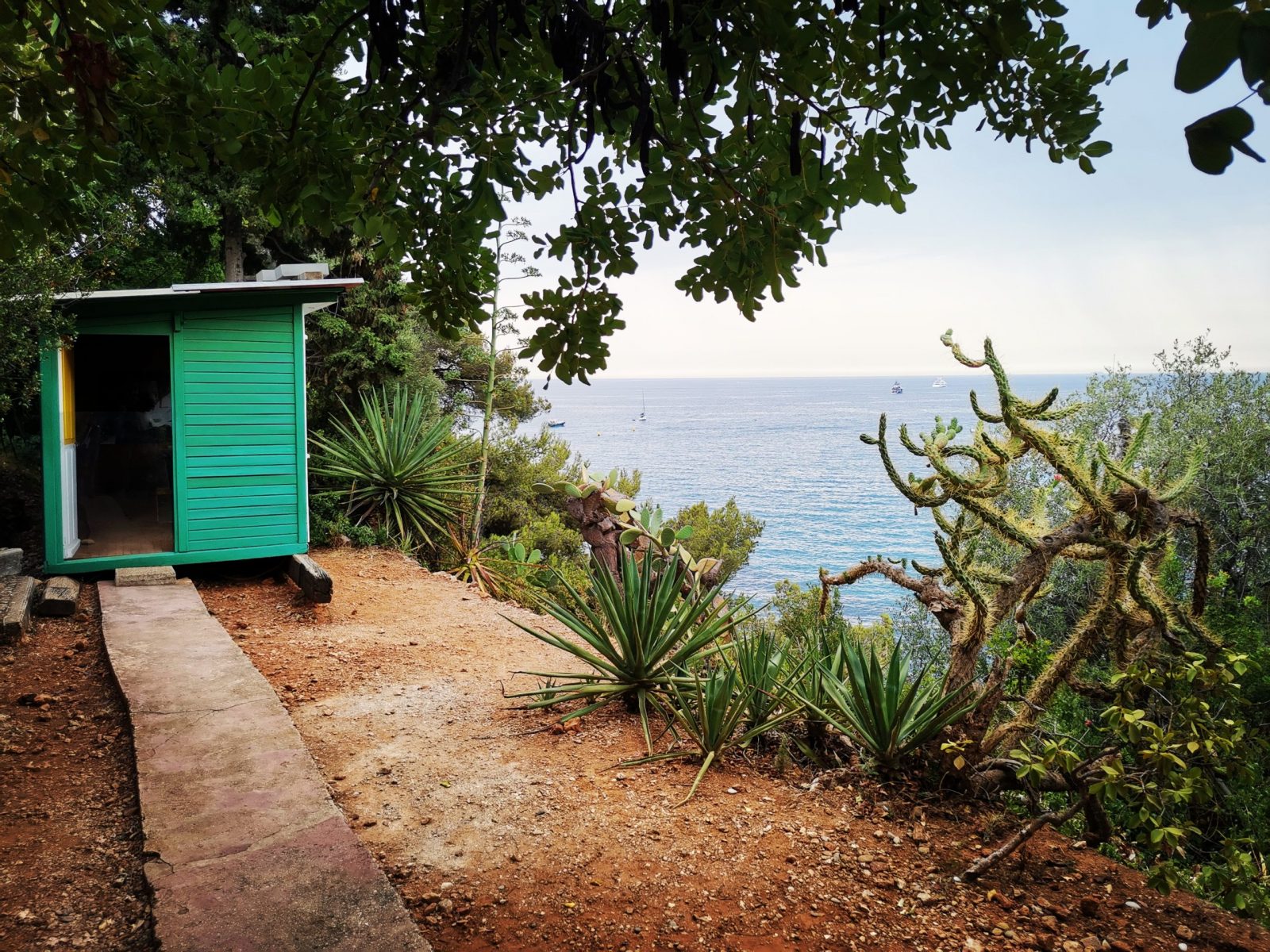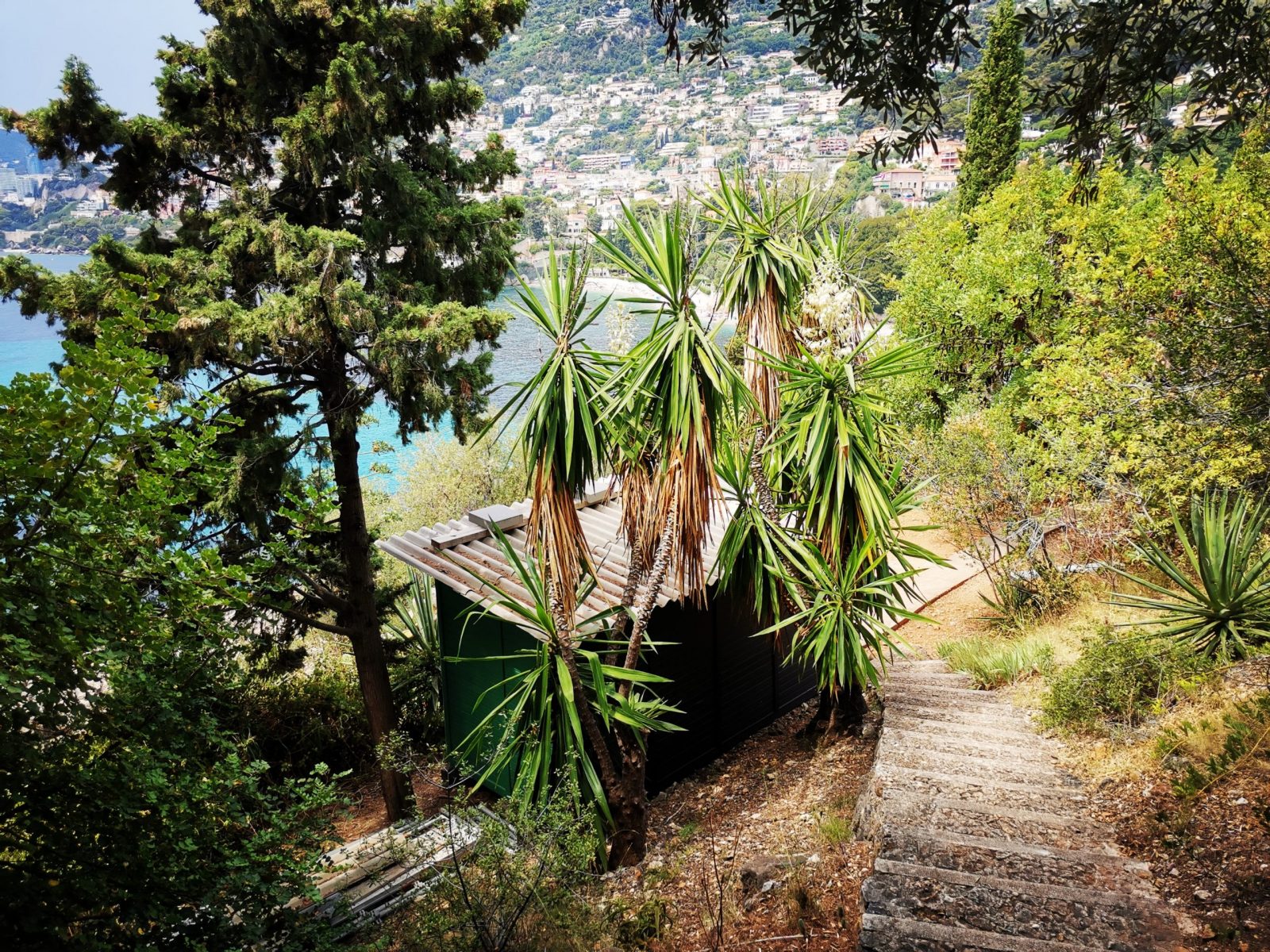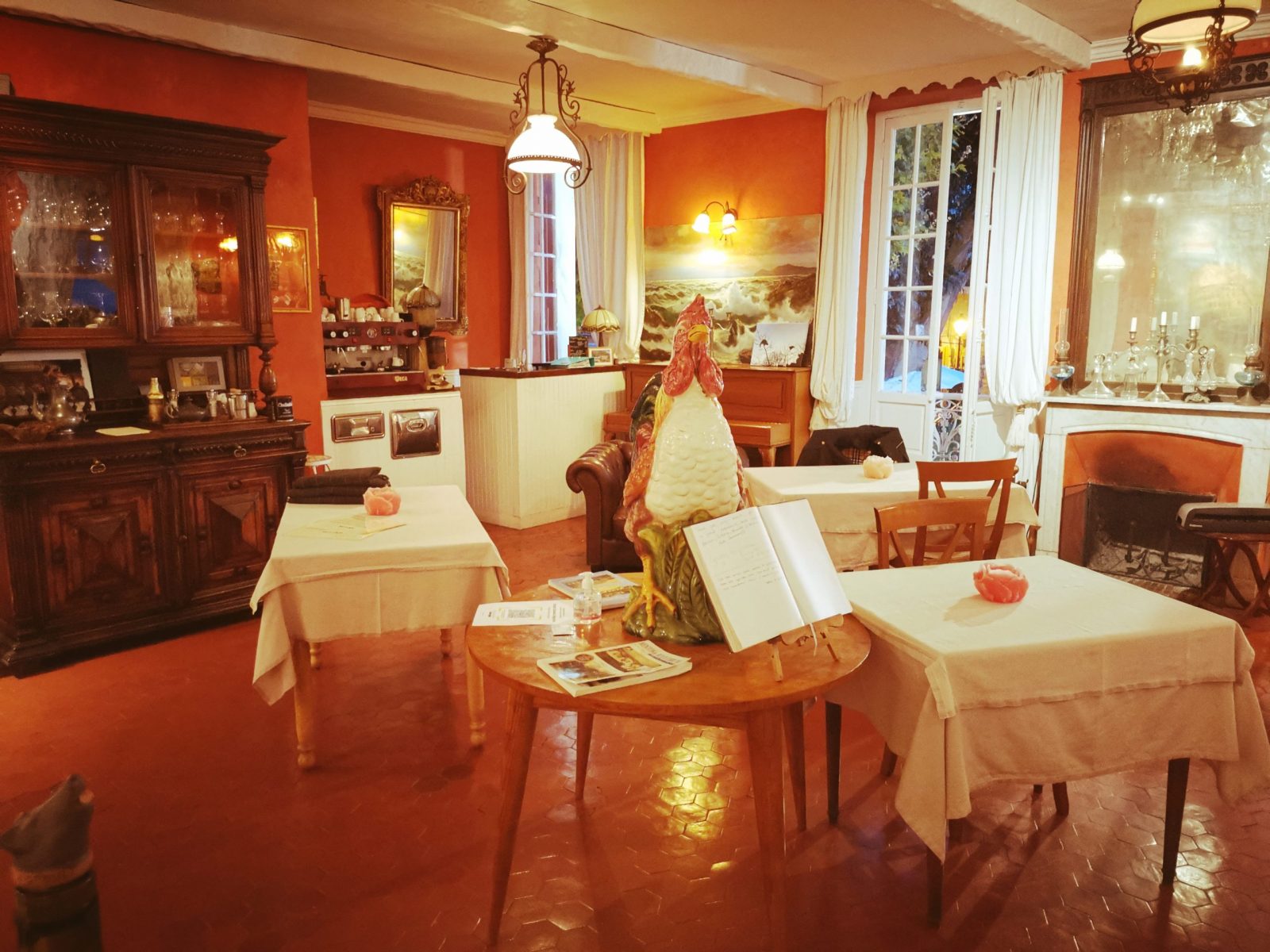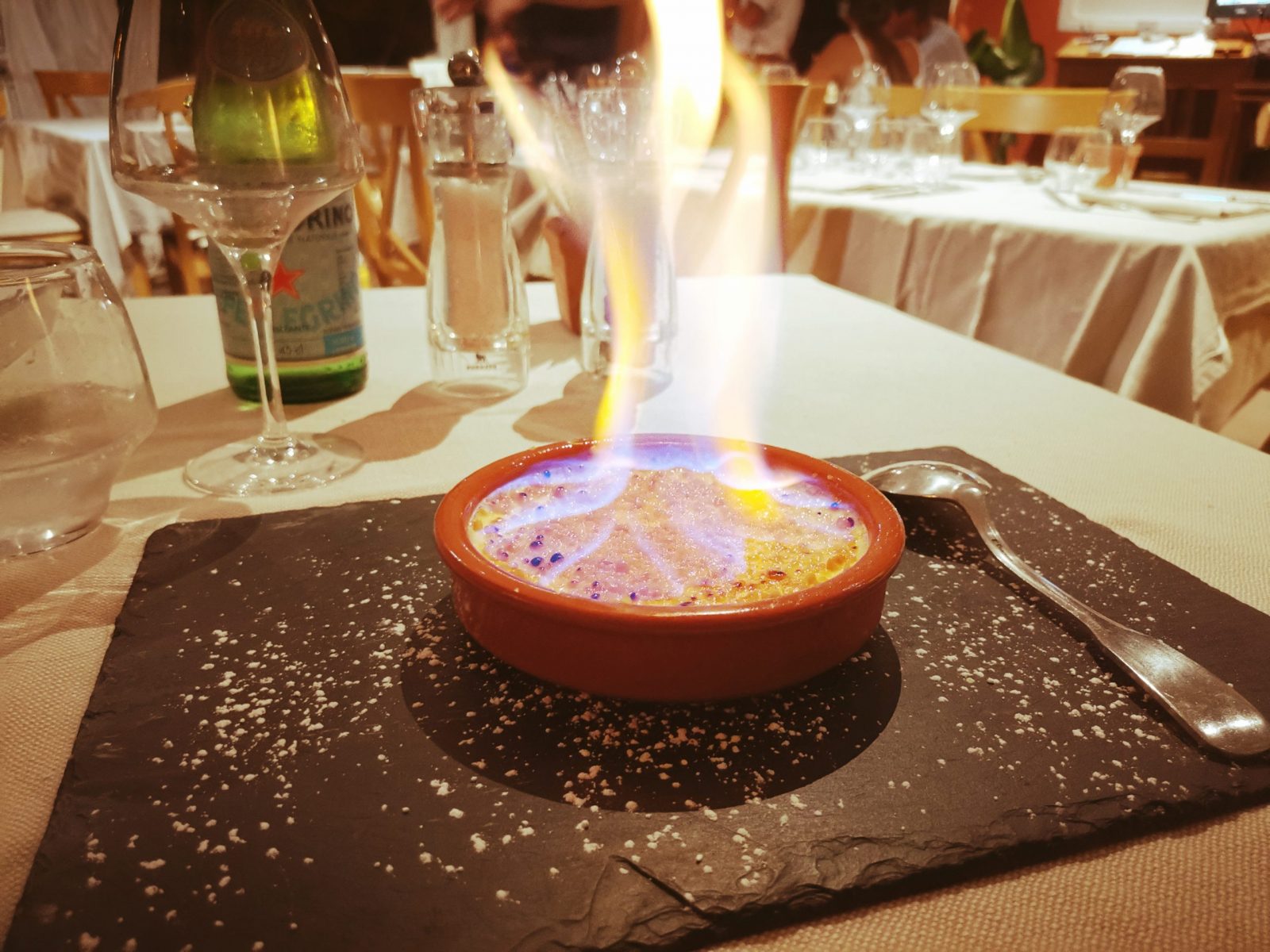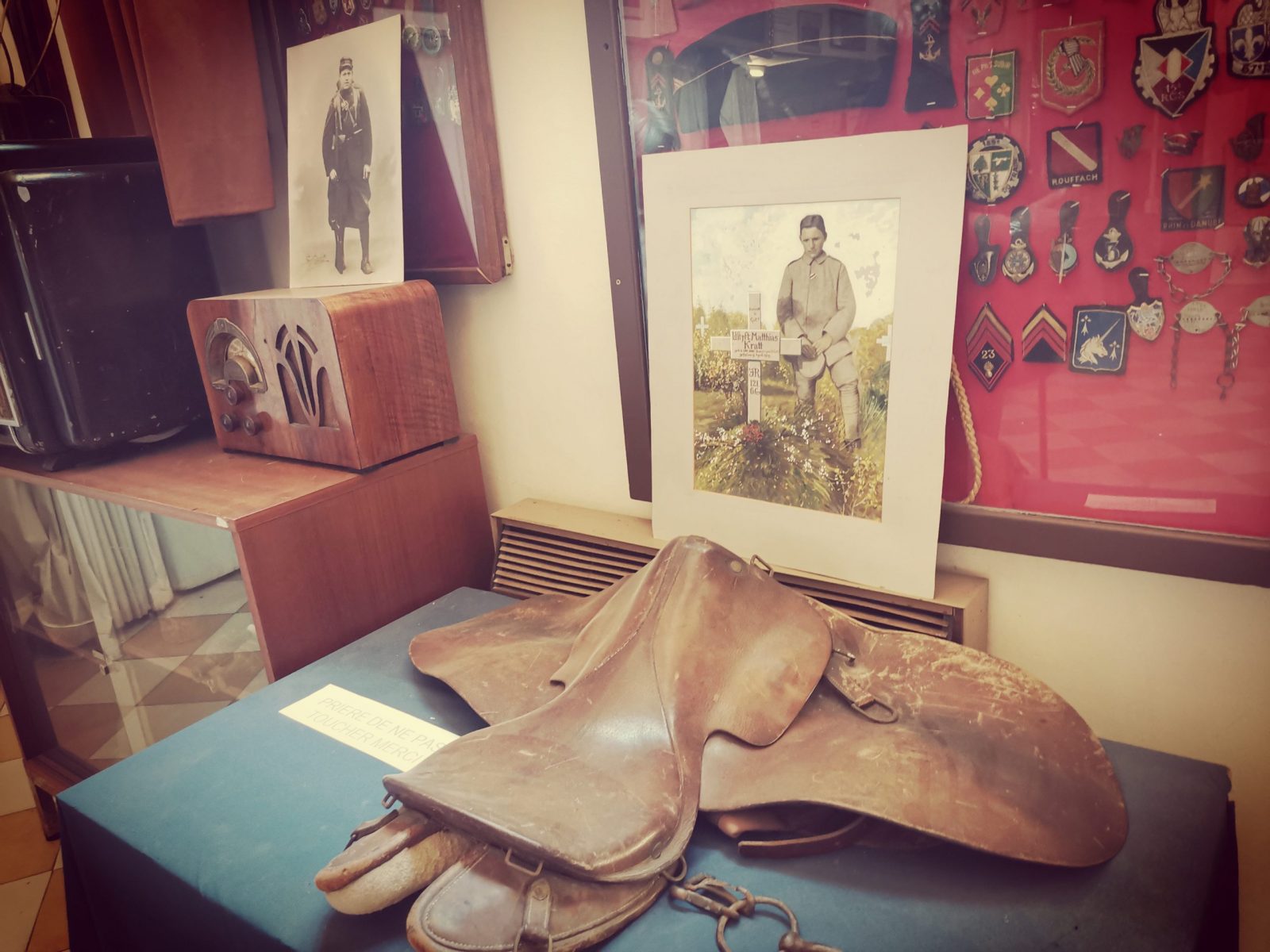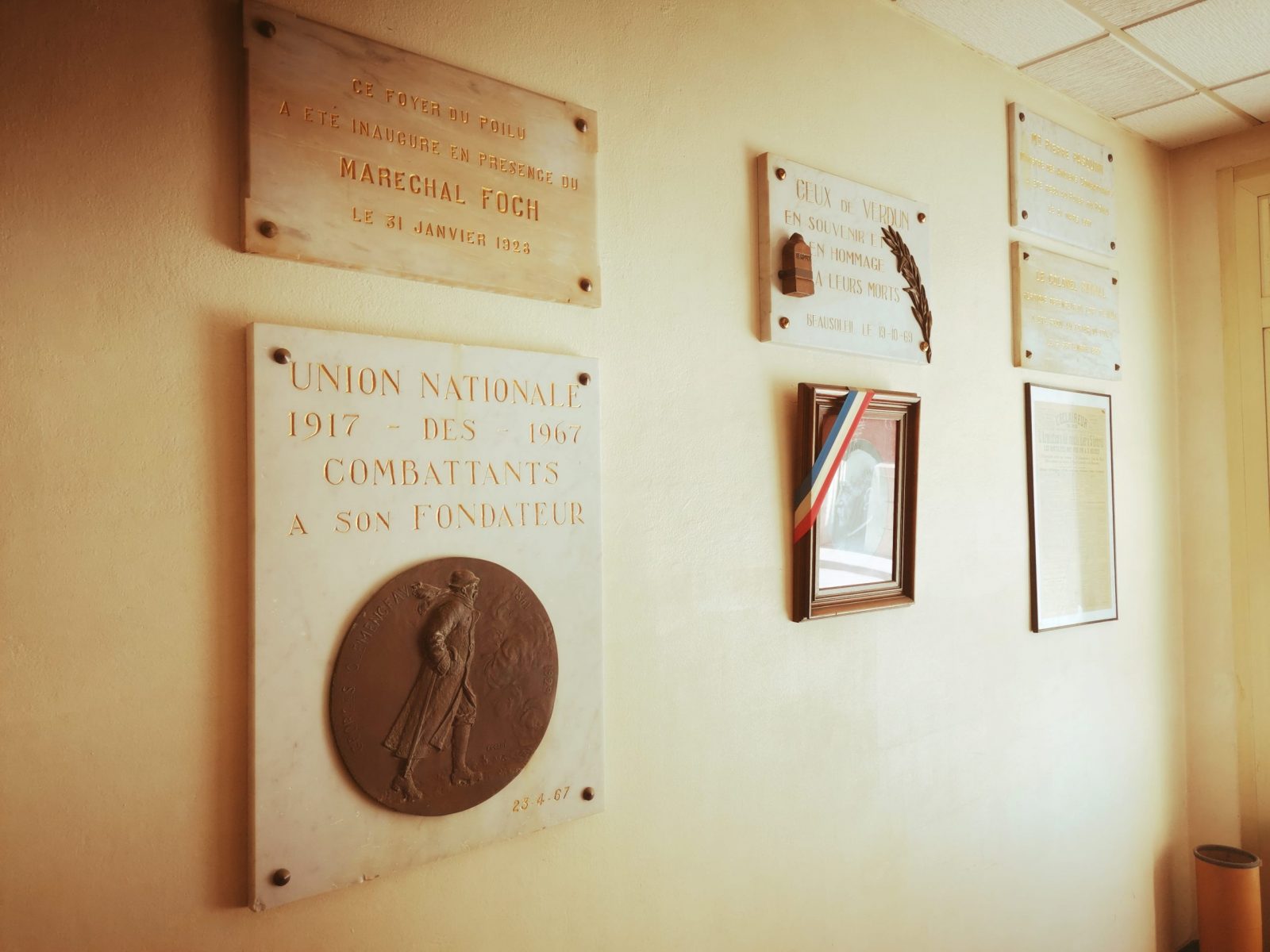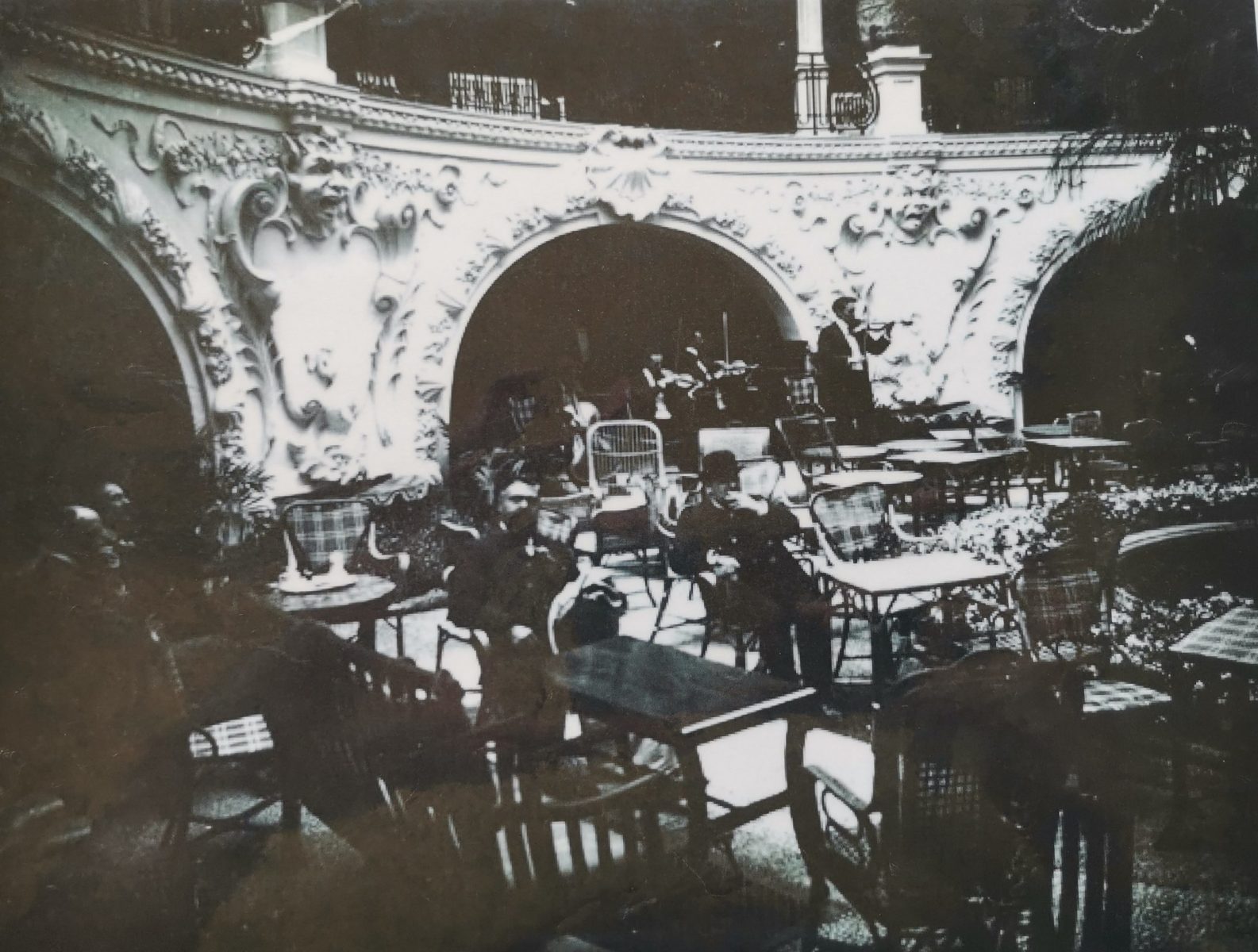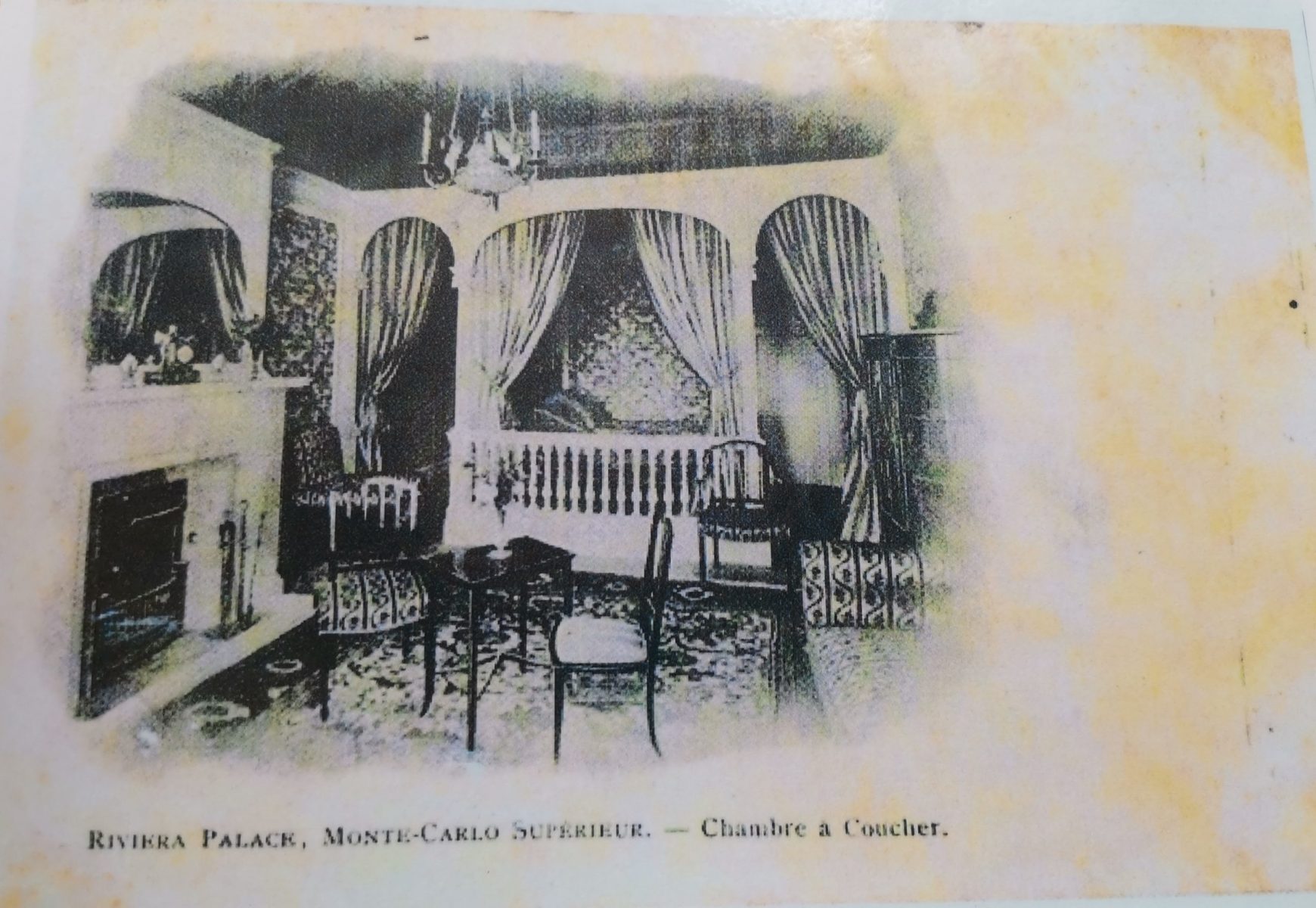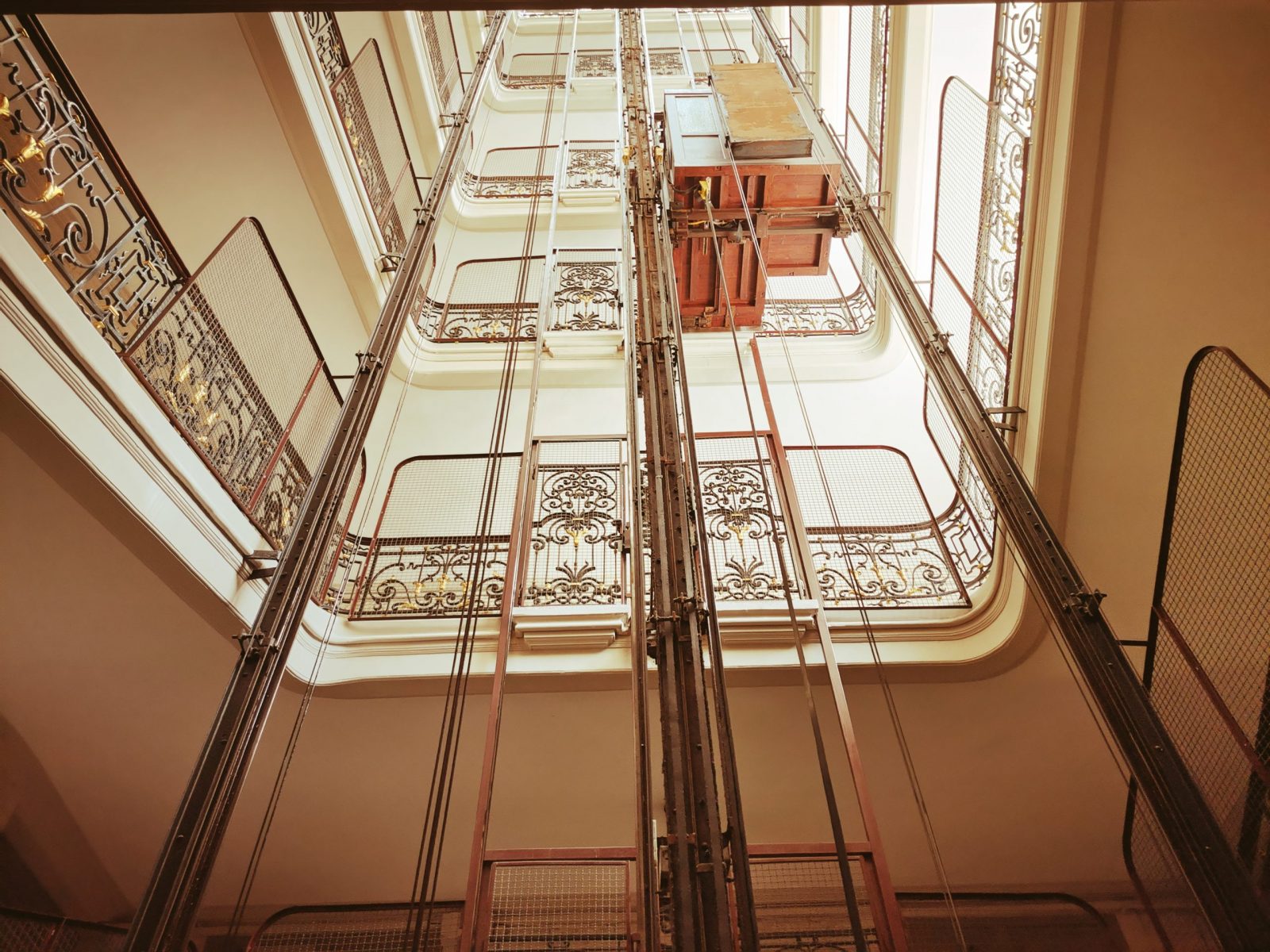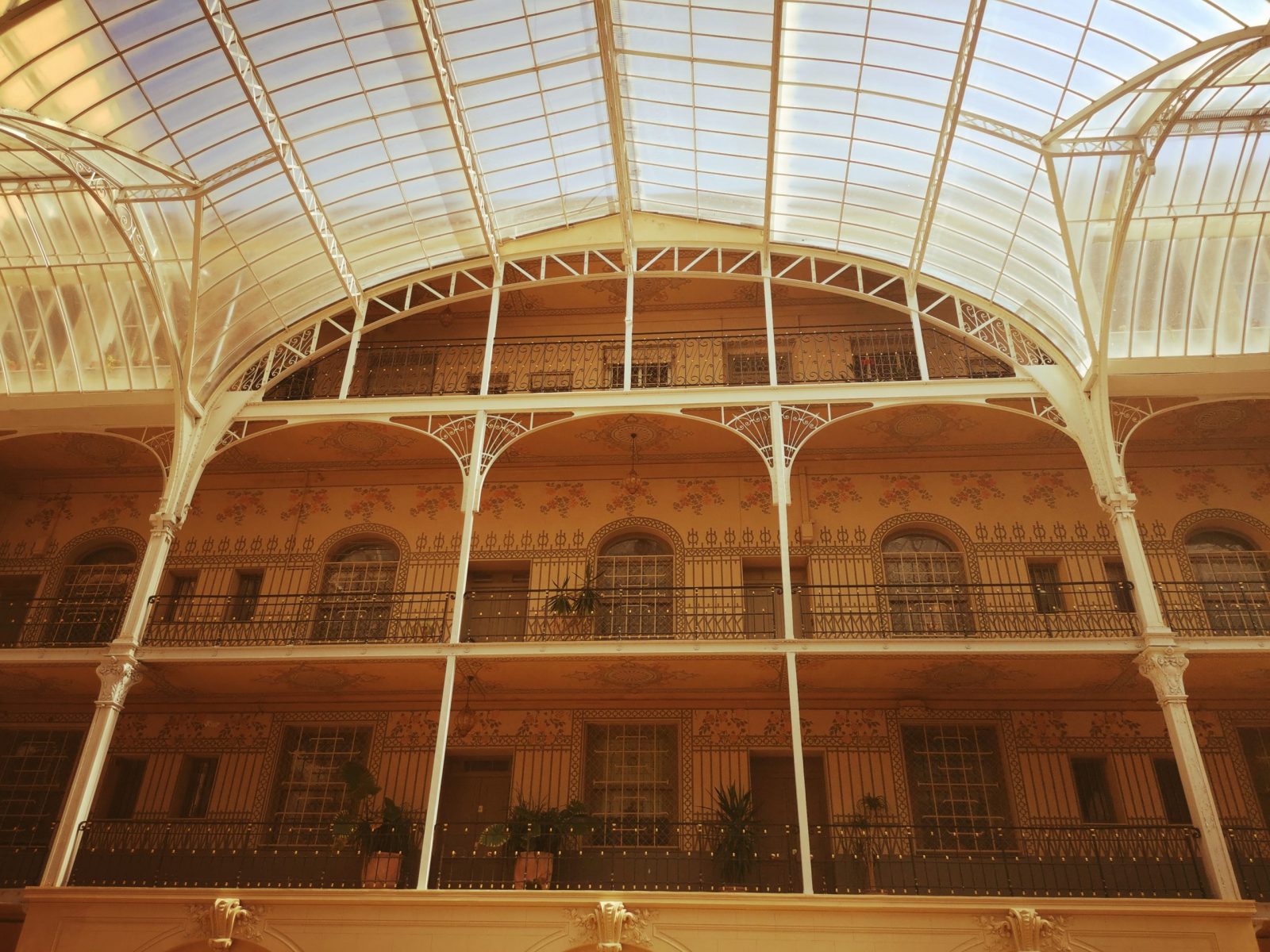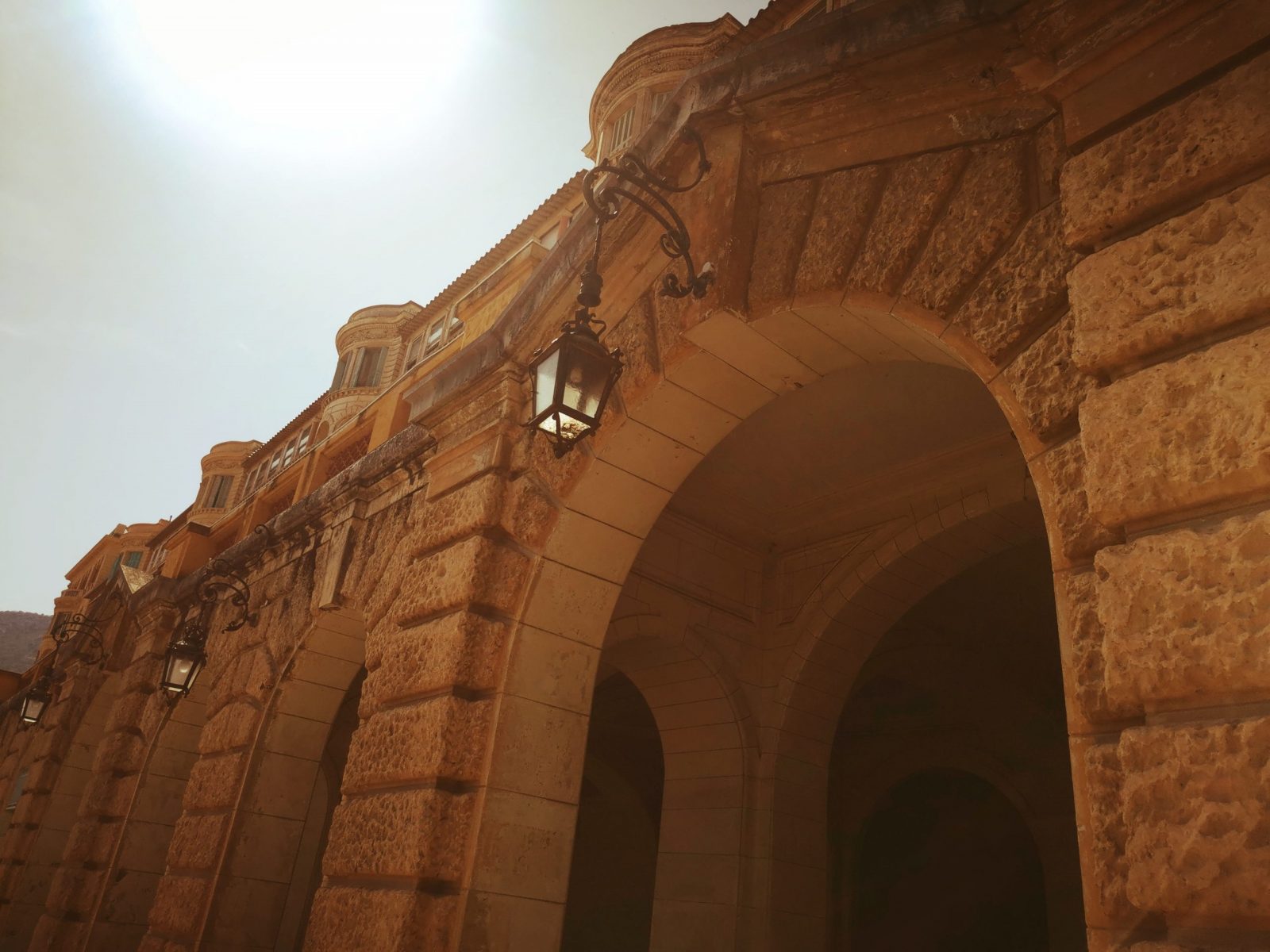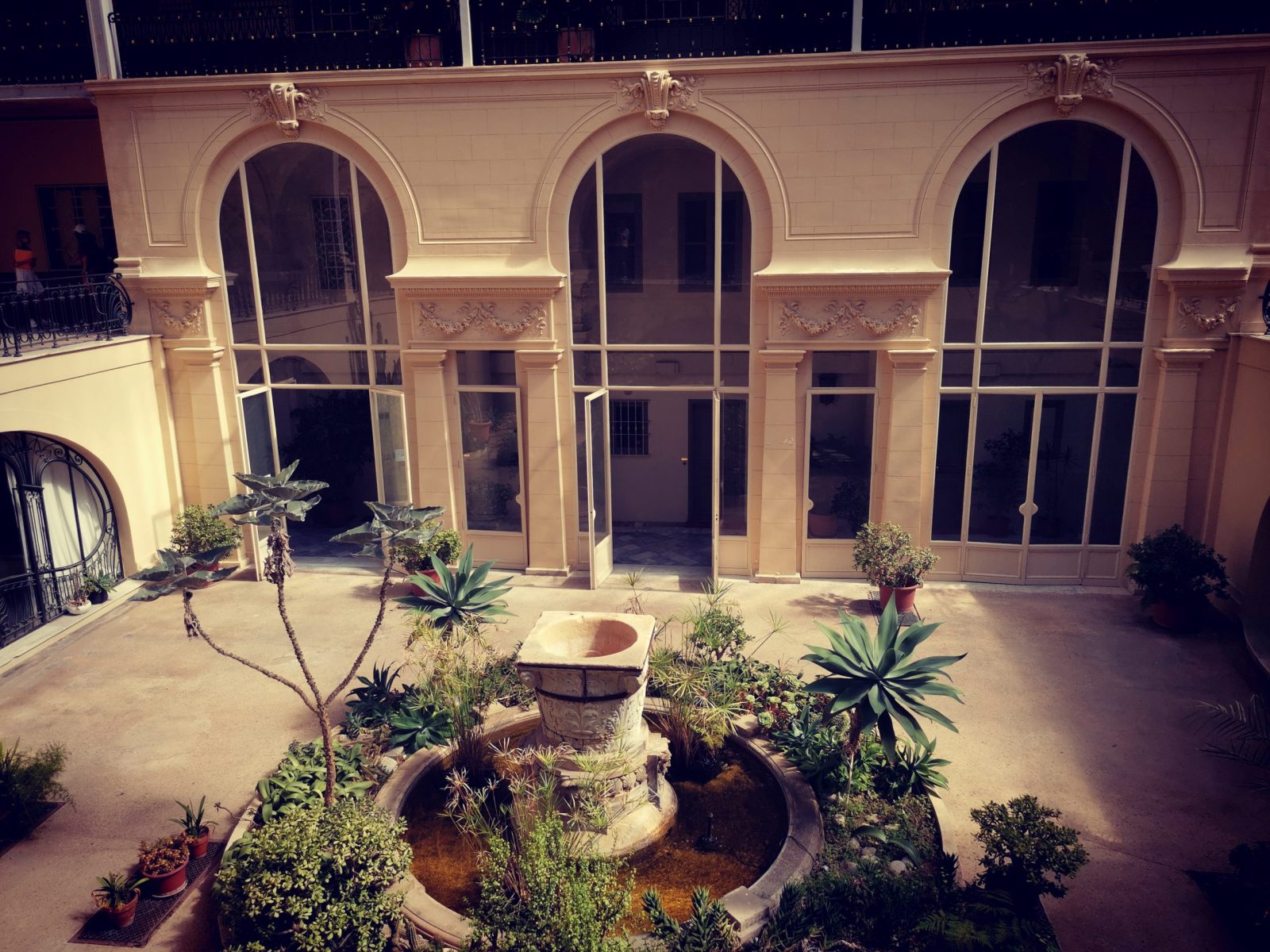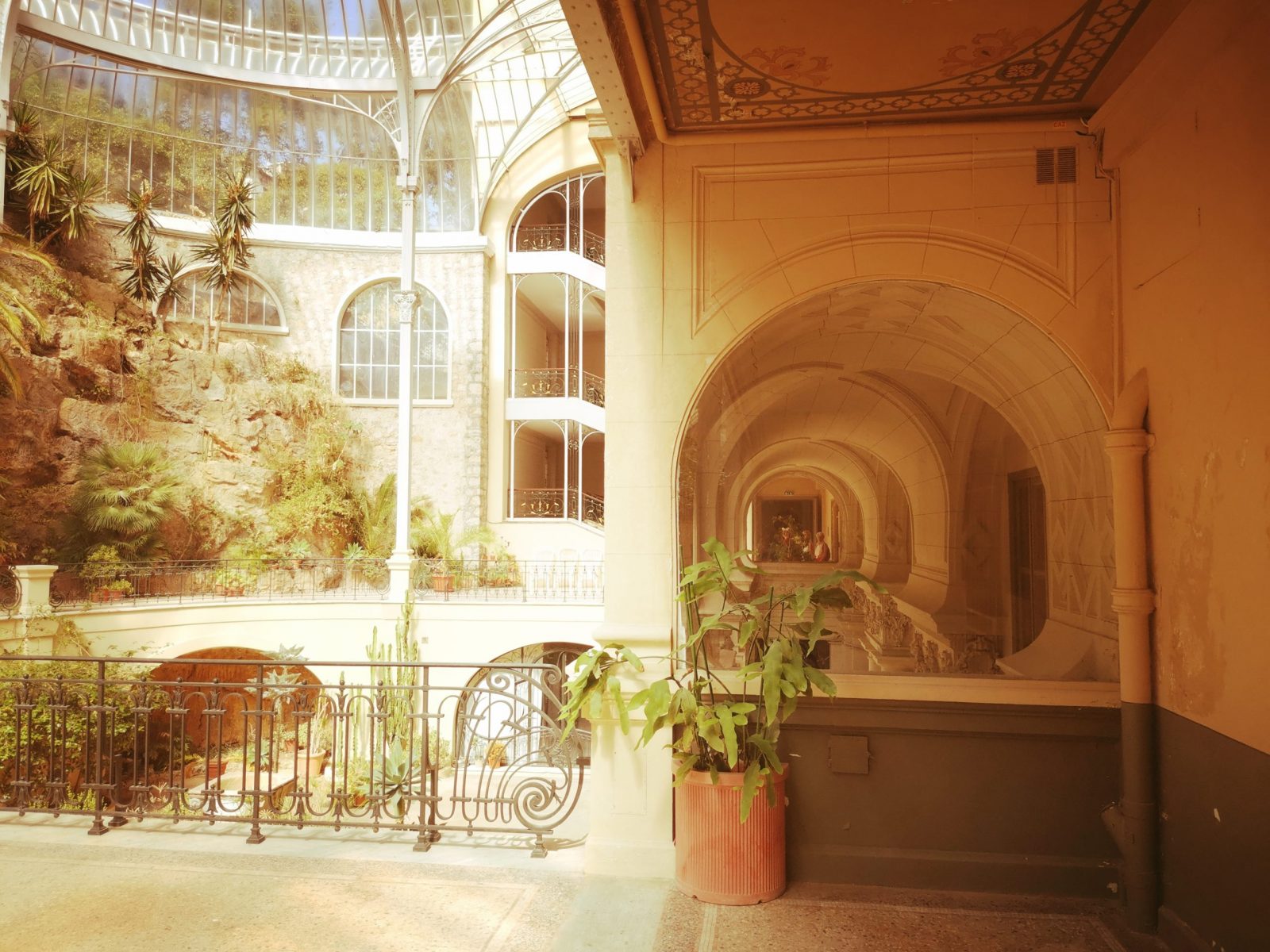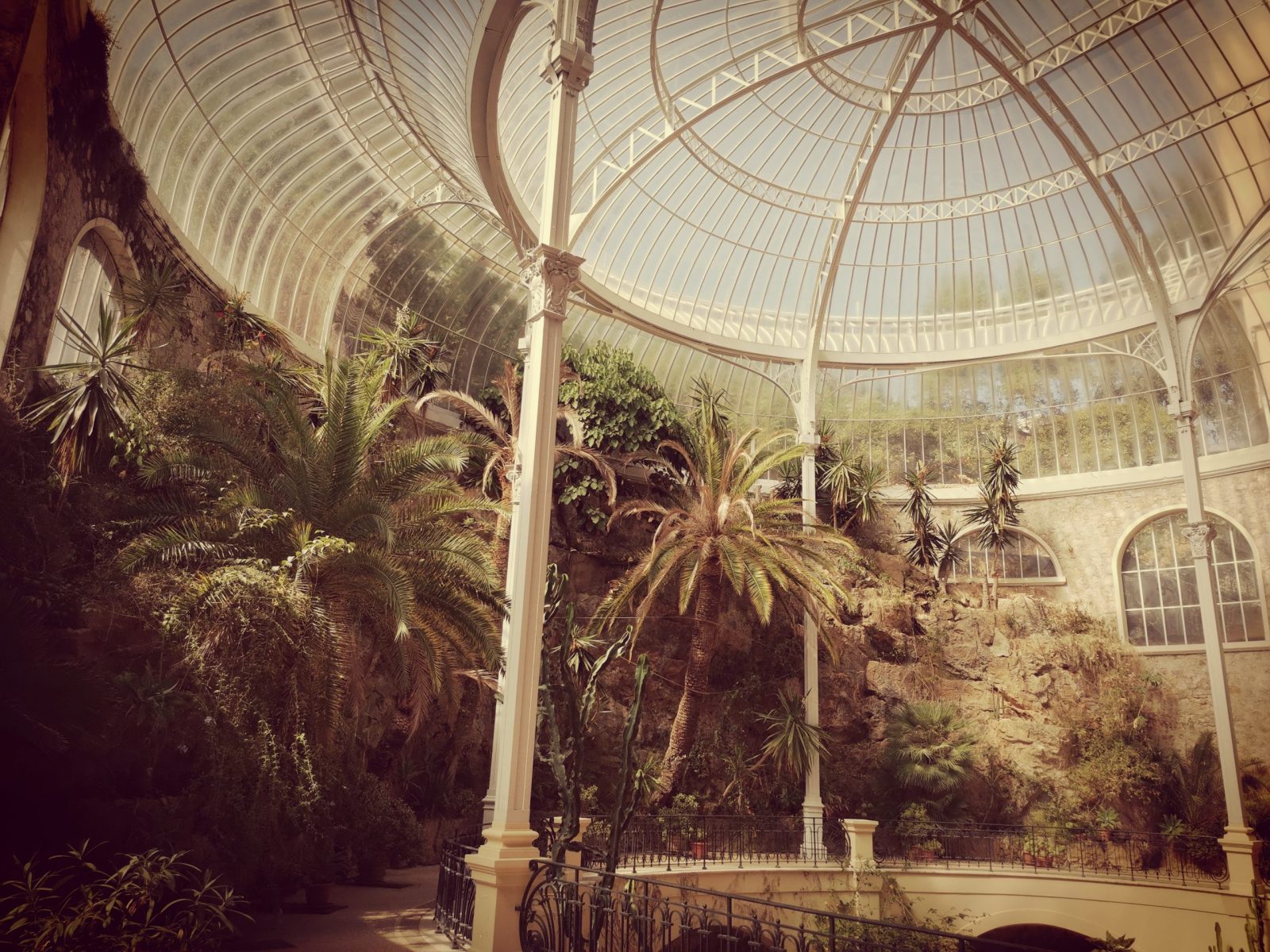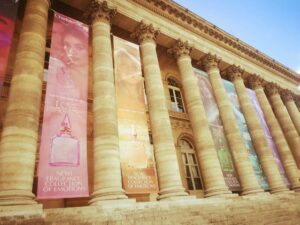Dive into Roquebrune-Cap-Martin with its Cap Moderne and La Roquebrunoise, before reaching Beausoleil, just before Monaco!
14 min read
©

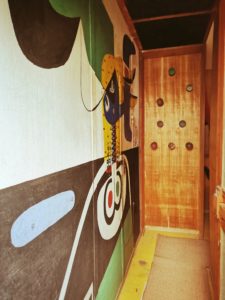
Still in the heart of the Menton Riviera Merveilles, let’s discover the picturesque medieval village of Roquebrune Cap-Martin overlooking the sea, from a fantastic cape. Protected by the Mont-Agel (1145 meters), this wide locality shares a long history, from prehistoric times until Roman Empire, while crossing the Belle Époque and of course the Middle Ages with its Grimaldi castle. Built in 970, this fortress is open to the public and reveals many secrets, such as this superb panoramic walkway. Before leaving, make a wish in front of the millenary olive tree, undoubtedly one of the oldest olive trees in the World!

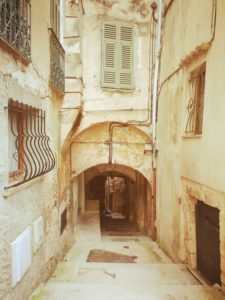
Starting your visit through old town of Roquebrune-Cap-Martin which has been attracting so many people for such a long time, proved by presence of the Vallonnet cave considered as the oldest inhabited cave, identified in Europe. In the mean time, the Roman period also left traces, with the vestiges of Lumone, located at the crossroads of the Julian Way and the Aurelian Way, whose ruins of the mausoleum are the only remains of this Roman post house. For your information, its facade counts three arches, and its vaults contains traces of ancient frescoes.
Apart from this, the village offers visitors various bucolic promenades, through plots, fountains, fortified gates, passages under vaults, and of course beautiful beaches, such as La Plage du Buse, where the Swiss architect Le Corbusier spent his summers.

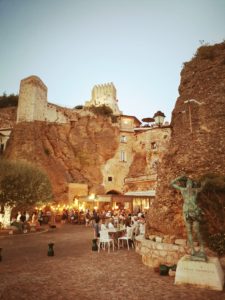
Among those curiosities, don’t miss the rue Pié, with its very close supporting arches, the impasse du Four where the common oven was located or even the Place du Capitaine Vincent offering one of the most amazing panoramic views over the Riviera bay. On top of that, you may pass, while being in the Chemin de Menton, in front of the millennial olive tree, famous as one of the oldest olive trees in Provence.
Then, don’t miss the castle, built in 970 by Conrad Ist, Count of Ventimiglia and is a real witness of medieval times, and eventually the original name of Rocabruna appeared in 1157. Before being owned in the 15th century by the Grimaldi, this fortress, used to include the castle and the village, in order to defend the population from Saracen attacks.


Indeed, the Genoese people and the counts of Provence were fighting over this fiefdom. From one floor to the other, visit the several rooms evoking the life of a stately home in the Middle Ages, from the ceremonial room until the guard room. Plus, a covered path reveals another superb view over the roofs of the village and of course the Mediterranean Sea.
Finally, sold as National Property in 1808 to five citizens of Roquebrune, this fortress was sold at the beginning of the 19th century to a wealthy British tourist, named Sir William Ingram, who donated the castle to the town in 1921. Since 1927, it has been listed as a historical monument. In the 14th century, the town was owned by the Grimaldi dynasty. It became French again during the French Revolution, became Monegasque again in 1814, then became a free city with Menton in 1848. The inhabitants decided by plebiscite to join the French territory again in 1860.
Château de Roquebrune-Cap-Martin, 06190 Roquebrune-Cap-Martin (France) / Open everyday from 10:30am until 6:30pm / Phone : 00 33 (0)4 93 35 07 22
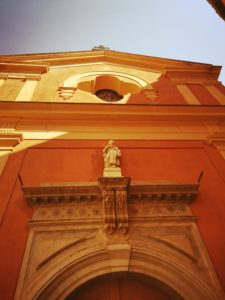

We are also sure that you would spend some spiritual moments in the charming churches and chapels, spread in and around Roquebrune-Cap-Martin. For instance, the Sainte-Marguerite Church was originally a chapel enlarged into a parish church in the 15th century, adorned with a classical facade, along two beautiful paintings realized by a local artist from the 17th century, aka Marc Antoine Otto, plus a copy of the famous Michelangelo‘s “Last Judgment” masterpiece and a ceiling painted by Gastaldi.
Otherwise, the unmissable La Pausa Chapel, which was as well built in the 15th century, as a wish from the inhabitants during the plague epidemic in 1467. That’s why, every August 5th, the faithful citizens wear Roman costumes, in order to renew this vow with a procession retracing the passion of Jesus Christ.

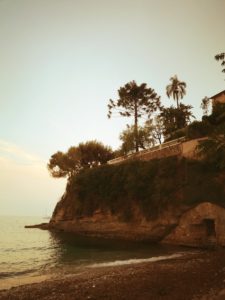
Other annual rendez-vous deserve a specific attention, essentially in terms of local and traditional festivals, notably based on the “slug” procession on the night of Good Friday, where snail shells are transformed into candles, passing by the Broom Festival, in tribute of brooms, which reminds a legend, telling that brooms stopped the rocks running down the mountain after an earthquake, in the 7th century.
More recently, in the 19th century, the seafront of Cap Martin attracted countless celebrities from the Belle Epoque, from the Empress Eugenie, wife of Napoleon IIIrd, who occupied the sumptuous Villa Cyrnos but also Sissi, the illustrious Empress of Austria, who particularly enjoyed walking around the path overlooking the sea.


At last, an avant-garde current appeared in the 1920s took over this same Cap Martin, where Le Corbusier installed his summer shed, built on the rocks that he called a “machine for living”, and from where, he even drew his own tomb, still visible in the Roquebrune cemetery. This tiny cabanon (open on 3.66 m by 3.66 m) is situated close to the Villa E 1027 imagined by the Irish activist Eileen Gray, signing an emblematic landmark of the first architectural modernity.
Another Cabanon is located at the Plage du Buse, in Roquebrune Cap-Martin but this time for a delightful moment, by the water. Whether you opt for a lunch (3 time slots between 12:00pm, 1:45pm and 3:15pm) or a dinner (between 6pm to 8pm), discover the Italian influenced selection imagined by the Chef Silvio, through a range of Mediterranean dishes (such as tapas, pizzas and focaccias), along grilled octopus tentacle, tuna tartare and tataki, plus delicious Italian ice-creams!
Cabanon de la Plage du Buse, Plage du buse, Chemin des Goëlands, 06190 Roquebrune Cap-Martin (France). More information on the official website and remember to book at 04.93.83.33.93!
Roquebrune-Cap-Martin tourist office, 218 Avenue Aristide Briand, 06190 Roquebrune-Cap-Martin (France) / Phone : 00 33 (0)4 93 35 62 87. More information on the official website.

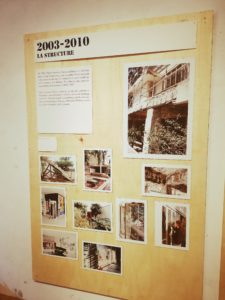
Prepare your future visit to the Cap Moderne site with a temporary exhibition retracing Le Corbusier‘s journey through this rare land in history. Located in a former municipal hall, behind the Roquebrune-Cap-Martin station, and the result of real painstaking work on the part of the team and the exhibition curator Elisabetta Gaspard, this collection of photographs mainly brings together photos of its official photographer, Lucien Hervé, as well as period videos, rich in testimonies, as well as sketches of the renovation site of Villa E-1027. Managed now by the fundraiser Michael Lickermann who chairs the Cap Moderne Association with the support of endowment funds.
Equipped with the 5 points of the modern villa, which are the roof terrace, construction on stilts, facade and free plan, windows in bands.


Located over a natural source, not far from the divinely blue Plage du Buse, on land bordered by pine forests and black rock, a fabulous avant-garde villa was built, called E-1027, and designed by Eileen Gray.
This Irish architect and furniture designer, also pioneer of the Modern Movement in architecture, associated with her lover Jean Badovici, to build, from 1926 to 1929, this immaculate white house, spanning two levels (called ground floor) and 120m2 of surface, excluding the solarium located on the roof terrace. This property and its idyllic setting, faced an incredible history since after having been abandoned after the departure of Eileen Gray and the death of Jean Badovici, this jewel of modern architecture was reborn from its ashes, mainly thanks to the acquisition of this site by the Conservatoire du Littoral.

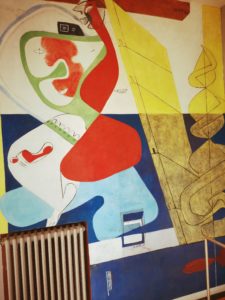
In addition, this site is also managed by the Center of National Museums, like the Trophy of Augustus, Villa Kerylos and the Monastery of Saorge.
Indeed, it seemed essential to preserve as much the exterior aspect of this charming concept house, as the richness of its interior which included multiple modern technologies for the time. For example, with the help of a sworn guide to this cultural place called Cap Moderne, discover this set of removable and modular furniture, along with inventive lighting, mostly designed by Eileen Gray, such as this satellite mirror, designed expressly for the home. Here and there, you will be able to admire during this visit, sublime tiles of Salernes, not far from blackout panes, composed of diamond point or chiseled glass.


An anthology of concrete, mixed with more noble textures such as sycamore and beech wood, but also beds covered with coated canvas, so typical of the 60s.
Backed by this contemporary interior for the time, partially reconstructed by the Conservatoire du Littoral, the Association du Cap Moderne and their many supporters, you can admire beautiful ornaments, including 5 murals made in 1939 by the famous Swiss architect Le Corbusier, of which only 4 frescoes remain visible.
Indeed, the architect Le Corbusier was a regular here in 1938 and 1939, then returned to the Cap Moderne from 1949 to 1965. He indeed took pleasure in having a good time at the local tavern, which was called the Etoile de Mer, after its opening in the 1940s and which closed in 1984.

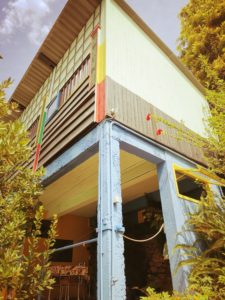
Adjoining this guinguette, a wooden camping unit, with multicolored and Japanese tones, dating from 1957, preceding the unmissable Cabanon du Corbusier.
Therefore, located in this small space with a tiny studio of 16m2, designed with the help of his favorite engineer Guy Rottier and his favorite Corsican carpenter Charles Barberis, made from laricio pine fixed on resistant planks of larch wood, but also chestnut, that this visionary artist imagined his future achievements, including his first thoughts on the Indian city of Chandigarh, next to his favorite objects, nicknamed “poetic reaction”. Communicating with Etoile de Mer, it was an ideal location to socialize during warm dinners facing the sea and of course to indulge in your morning bathing ritual. It was also during one of them that he was immortalized by the paparazzo photographer Henry Pessar, a week before unfortunately passing away in the waves.
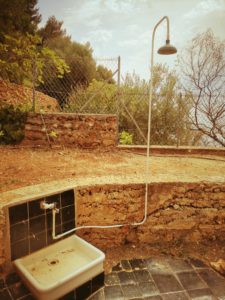

In the mean time, following the festive tradition of the Étoile de Mer, many events are organized in the heart of the Villa E-1027, gently occurring under the gentle lapping of the waves, such as lately, the Tracuola ensemble which guided us through a musical journey into the heart of a real Mediterranean cultural heritage.


Again in the heart of the old village of Roquebrune-Cap-Martin stands the restaurant called La Roquebrunoise, in honor of the related fountain?
This culinary establishment offers a unique setting on the Riviera, day and night, nestled in an old 19th century building, typical of the Menton hinterland. Initially, this place served as a lemons sorting center, at the same time as having been the former municipal theater as well as the apartments of the ancient mayor.
Transformed into the Les Lucioles restaurant after the war, the place was renamed La Roquebrunoise, when it was acquired by Mr Cabrol in the late 90s.
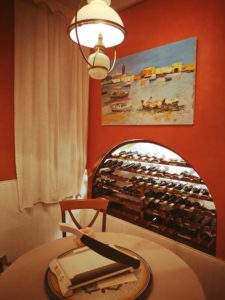

In addition, the latter boosted a more gastronomic dimension, and a refreshment of the various dining rooms, including the shaded terrace which offers an absolutely exceptional panorama on the medieval castle and the Mediterranean Sea.
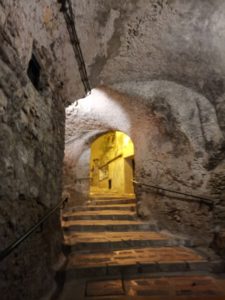

Otherwise, regional fishes couldn’t be missed, since are proposed sea bream and sea bass, unless you prefer various shells (like scallops, clams) cooked here in tagliatelli.


Located at the entrance to the Principality of Monaco, the city of Beausoleil may be considered as a recent locality, since it has only existed since 1904 and was meant in fact to attract a rich clientele of tourists, mainly coming from Northern European countries and Russia, who came to benefit from the winter sun.
Seeing that Monaco‘s point of attraction was developing at high speed, the French neighbors of Beausoleil, under the leadership of their mayor Camille Blanc, decided to detach bare land from La Turbie and make it into various places of residence. rather posh.
In a very hilly environment, the problem of moving, essentially through sloped streets, was already being felt and was partly overcome by the presence of cogwheel or electric trains (late 19th until 1932) or more classic carriages.


Walking through the relatively steep streets lined with sunny engraved cobblestones, discover the Foyer du Poilu. This veterans‘ home, inaugurated in 1928 by Marshal Foch. A real military museum, not far from the Carrier district, the oldest in Beausoleil, once occupied by Italian workers who had made huts out of odds and ends. This is why this area was as well nicknamed the Tonquin, in reference to the shanty towns of Indochina, shortly before the surrounding area was repaired, under the decision of the mayor at the time.
A little bit further, do not miss the presence of a solidarity garden, located on one of the rare unbuilt plots of the town, which produces a significant annual amount of fruit and vegetables, intended for the most disadvantaged inhabitants.
Foyer du Poilu, 9 Avenue Maréchal Foch, 06240 Beausoleil (France) / Phone: 00 33 (0)4 93 41 99 29 / Open on Tuesday, Wednesday and Friday, between 3pm and 5pm. More information on the Menton Riviera Merveilles.


If you climb a few more steps, you will be able to reach one of the highest and chicest points of Beausoleil, namely the Riviera Palace. Built during 5 years by the Orient Express company, which already operated 7 palaces and which wanted to deploy the best of luxury of the time here, for its inauguration in 1903. Directed under the leadership of the architect Georges Chedanne, which was also at the origin known for his construction of the Parisian grocery store of Les Galeries Lafayette, there are also certain similarities in terms of architectural style.
Mainly intended for visitor who mainly flocked there from October to April, they depended on huge sums of money and in fact brought their own staff, in addition to the 1000 employees who were busy in the hotel, by that time.


This huge amount was even sometimes far from being sufficient, since it was nearly a permanent party place and which gave the opportunity to the other tourists to find more calm, while eventually vacationing in the Hotel de Paris and L’Hermitage.
Shut down during the First World War in 1914, transformed into a Military Hospital and victim of the Bolshevik Revolution, this gem ceased its activity definitively in 1932.
Bought by the Lamaro company, the building increased from a capacity of 50 suites to 100 apartments, since most of them were transformed into duplexes, thanks to their ceilings which rose to nearly 7 meters high. Although the majority of the rooms were adorned with magnificent paintings and other decorative pieces, this building was not listed until 1989, with the obvious aim of preserving these remaining treasures.
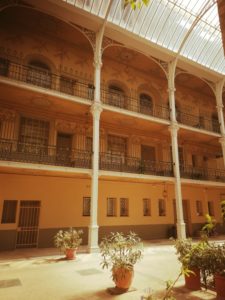

When you venture inside this incredible building frozen in time, you will still find some vestiges of this illustrious hotel, including the concierge‘s lodge, the lobby, the fur cloakroom and of course these period elevators. In addition, there was also a bridge room, a restaurant, a barber shop, a florist and even a tobacconist.
In addition, there is the unmissable glass greenhouse of 900m2, even including a peak ceiling height of 22 meters, with an arrangement designed by Henri Martinet, composed mainly of exotic plants (of which some palm trees still exist). In the center of which sits a fountain decorated with macaroons and fed by a rainwater harvesting function. For your information, the hotel employees were housed facing this interior garden, while the rich clients were more privileged hosted, facing the sea.


Obviously, the conditions aboard this greenhouse were complicated since it was very hot in the summer and relatively freezing in the winter, although steam boilers were in operation.
By the way, many famous people have been fortunate enough to stay at this Palace, such as choreographer Serge Dagilev and his principal dancer Vaslav, the Russian Prince Nicholas 2nd, the King of the Belgians Leopold 2nd, the Shah of Iran, the writer Colette who mentioned her experience there in his work “L’Ingénue Libertine”, another writer Guillaume Apollinaire often visited his mother there, who had unfortunately squandered most of her fortune in gambling activities. On the other hand, let’s not forget the visit of the composers Stravinsky and Maurice Ravel.
